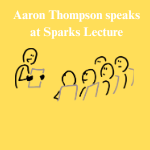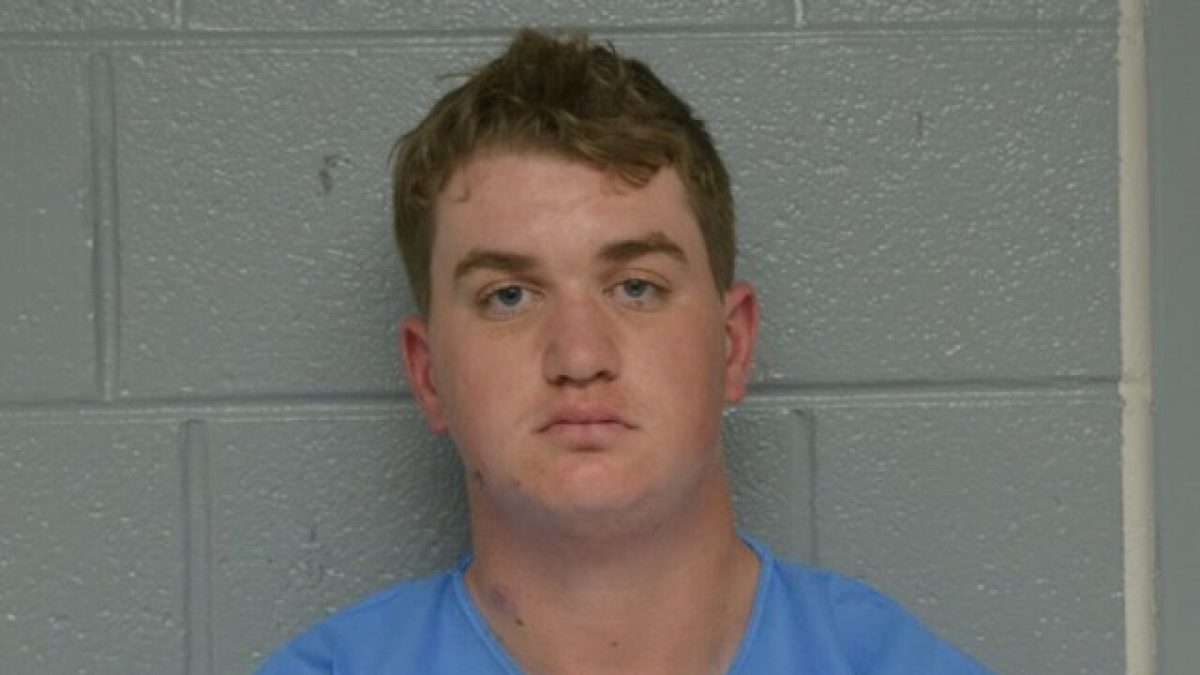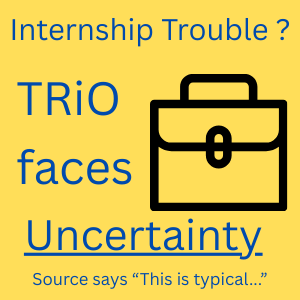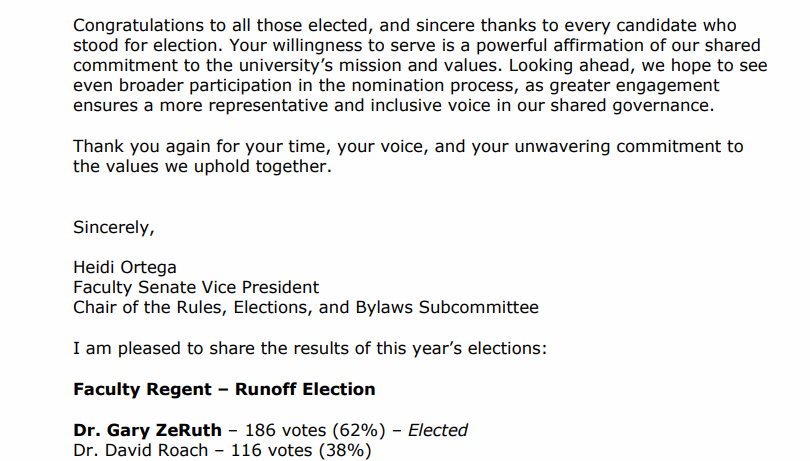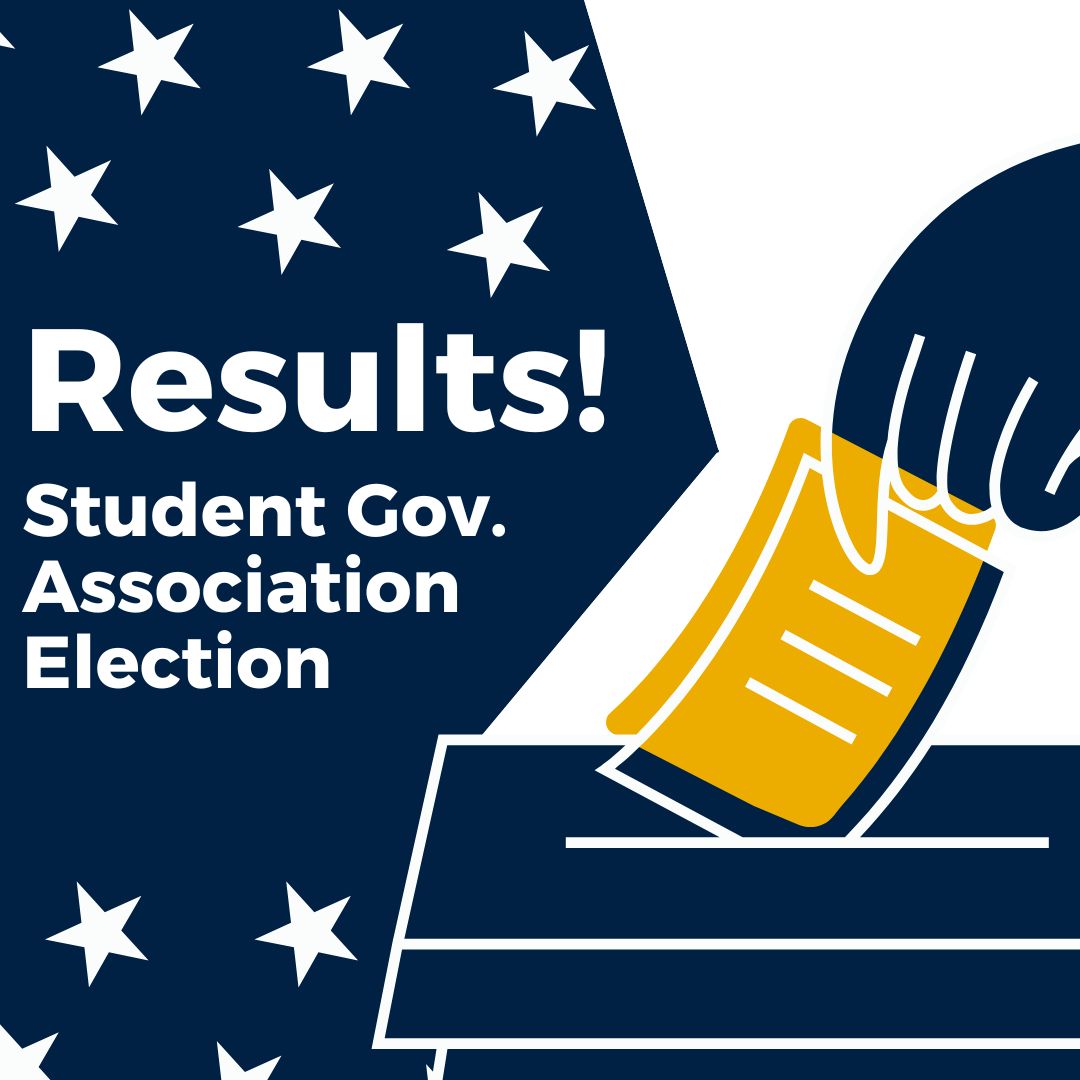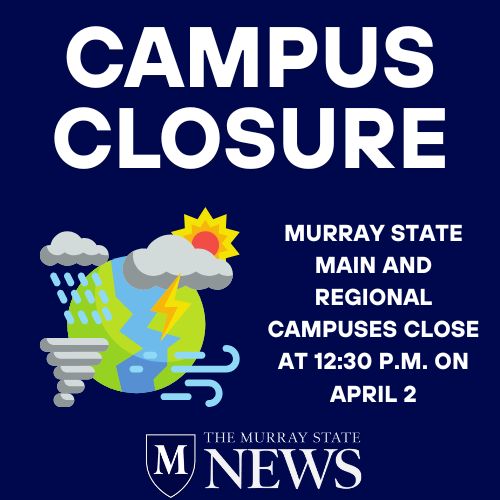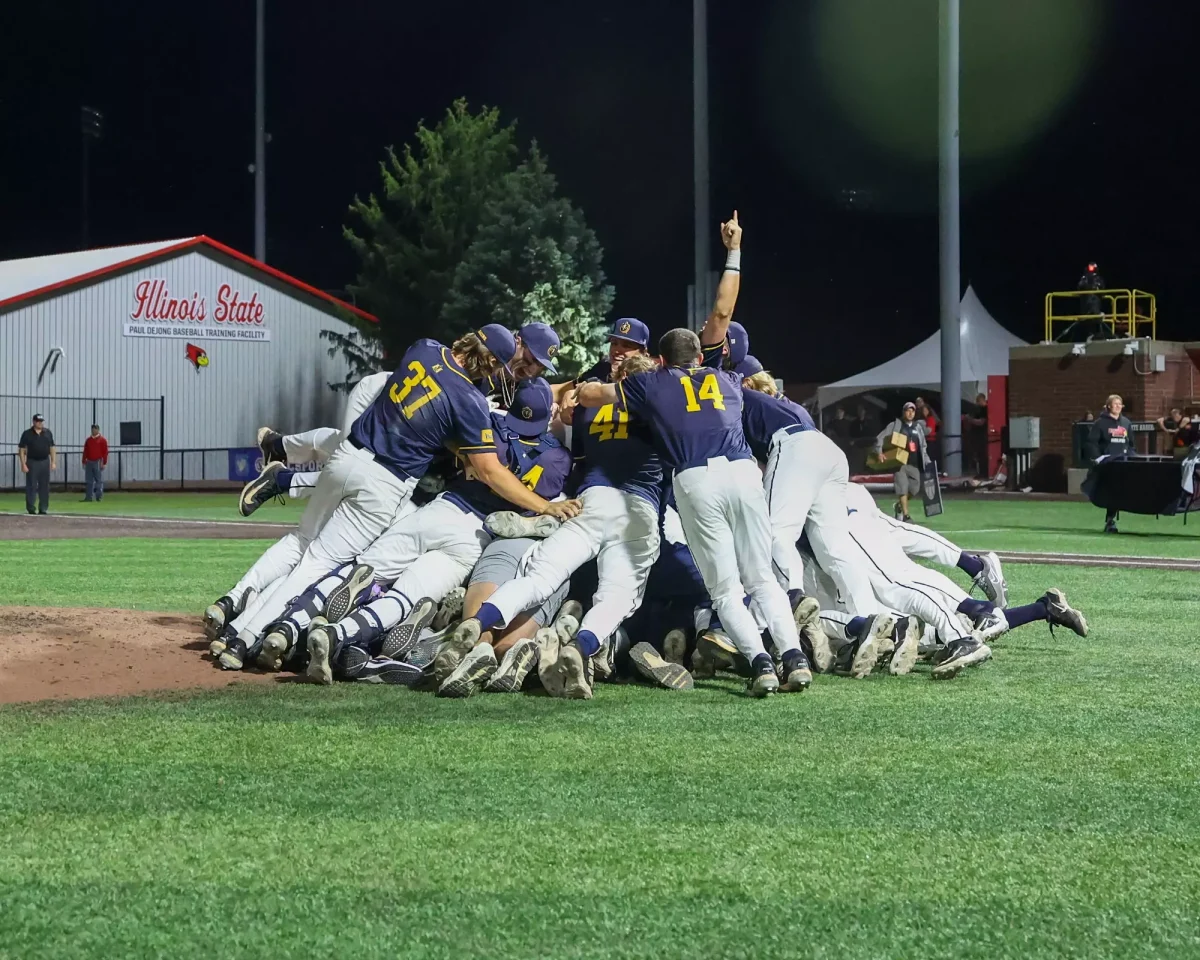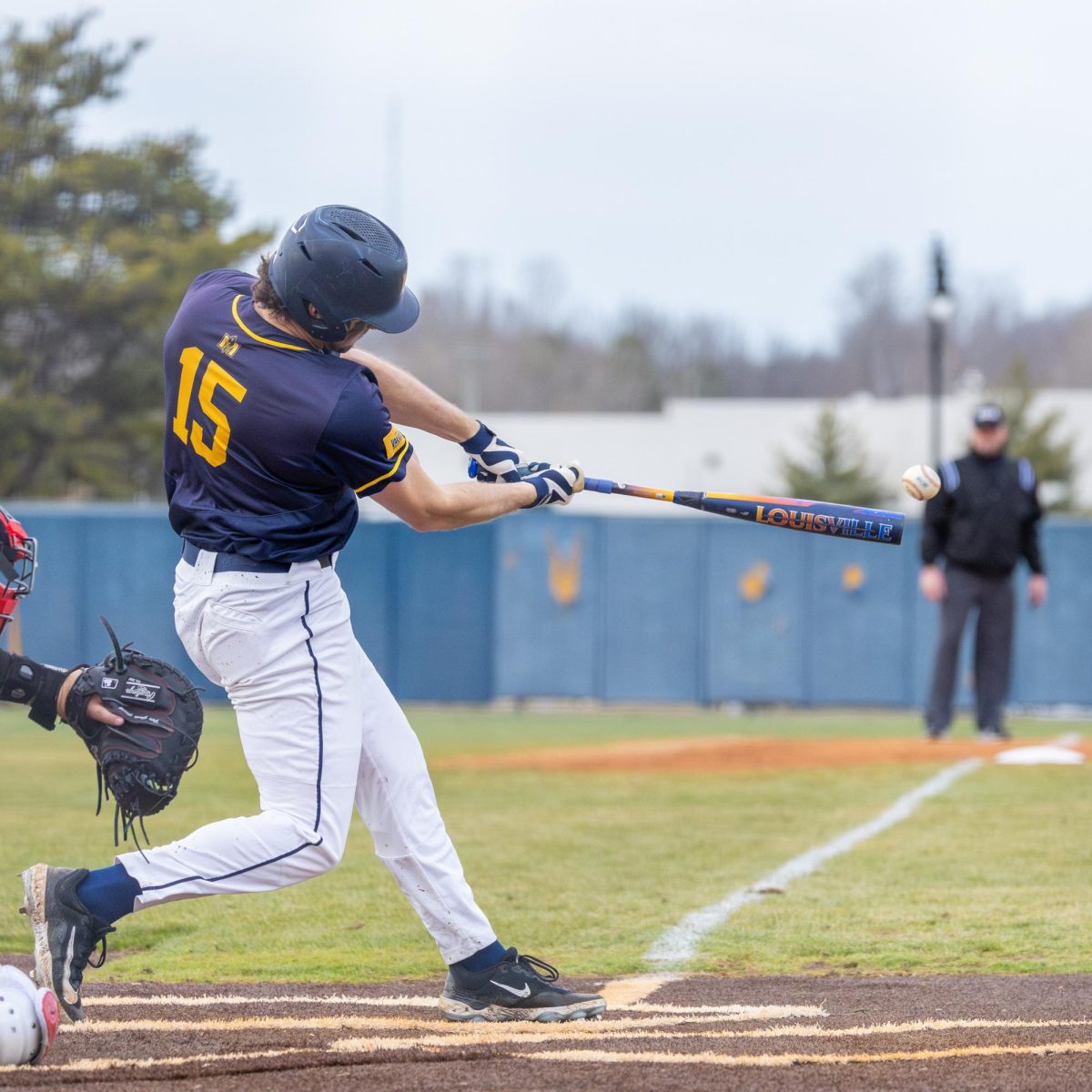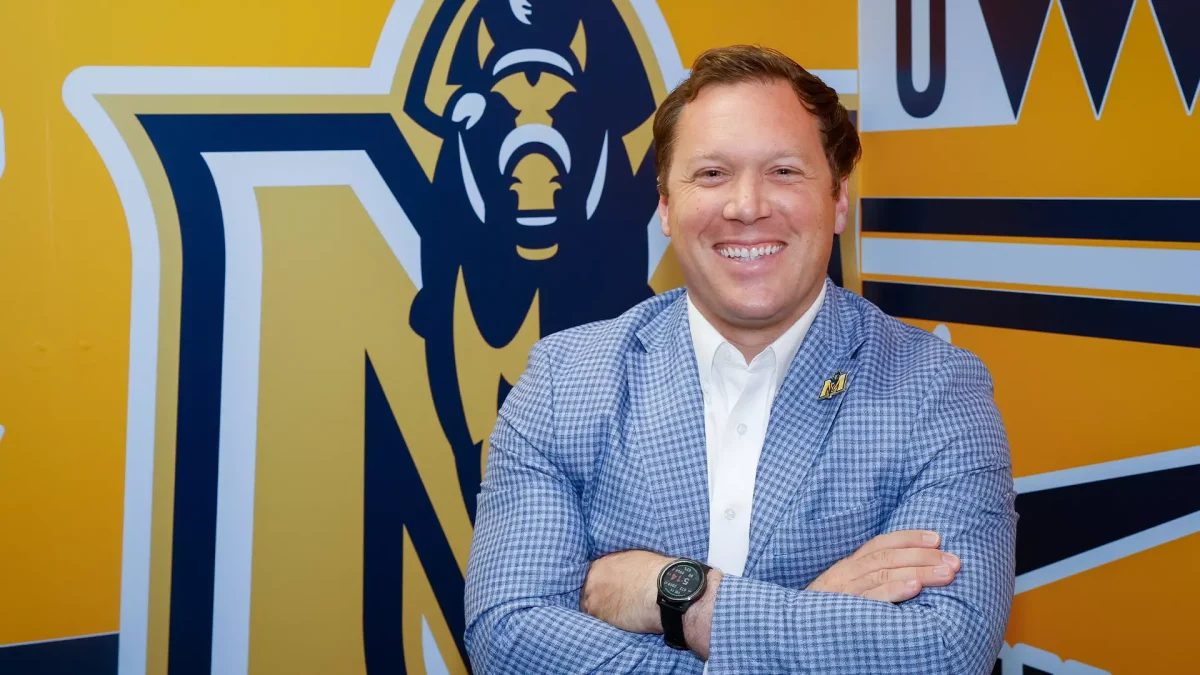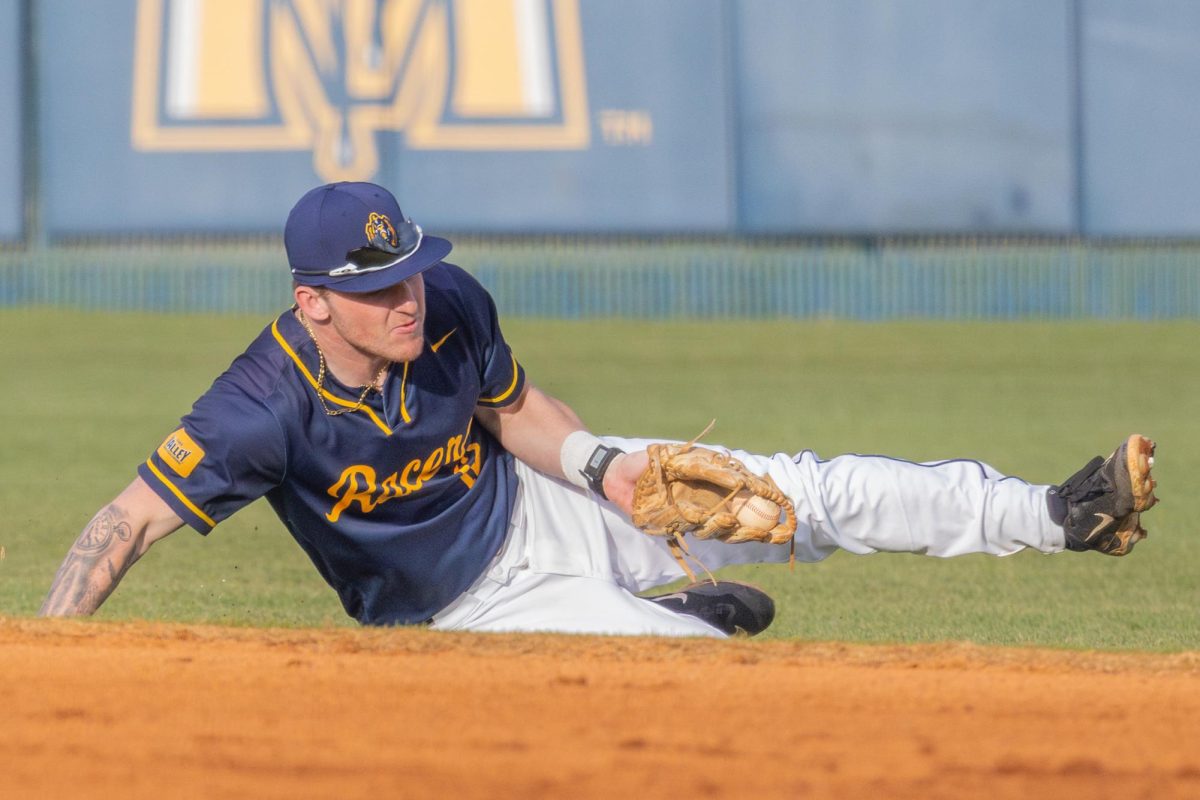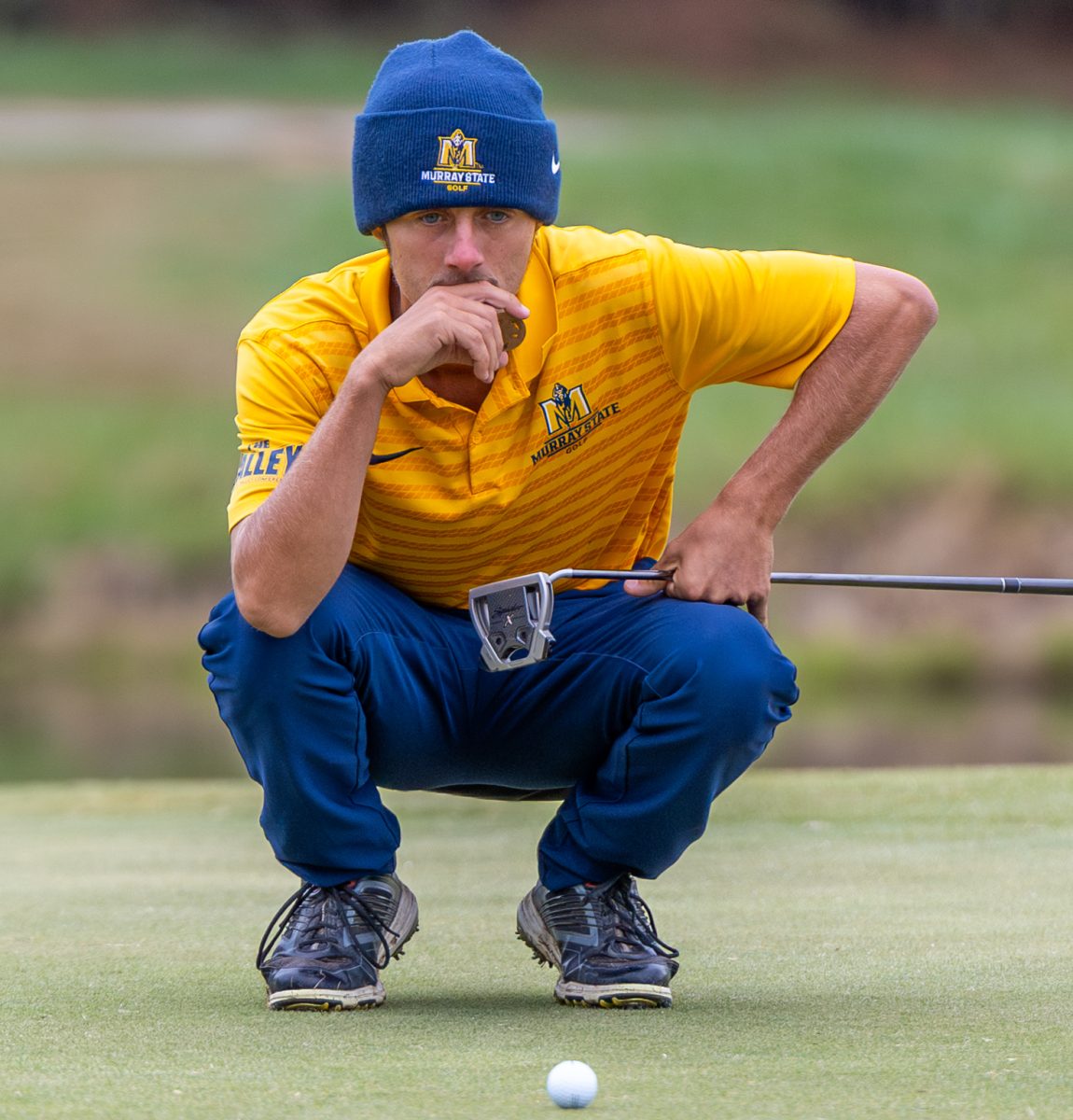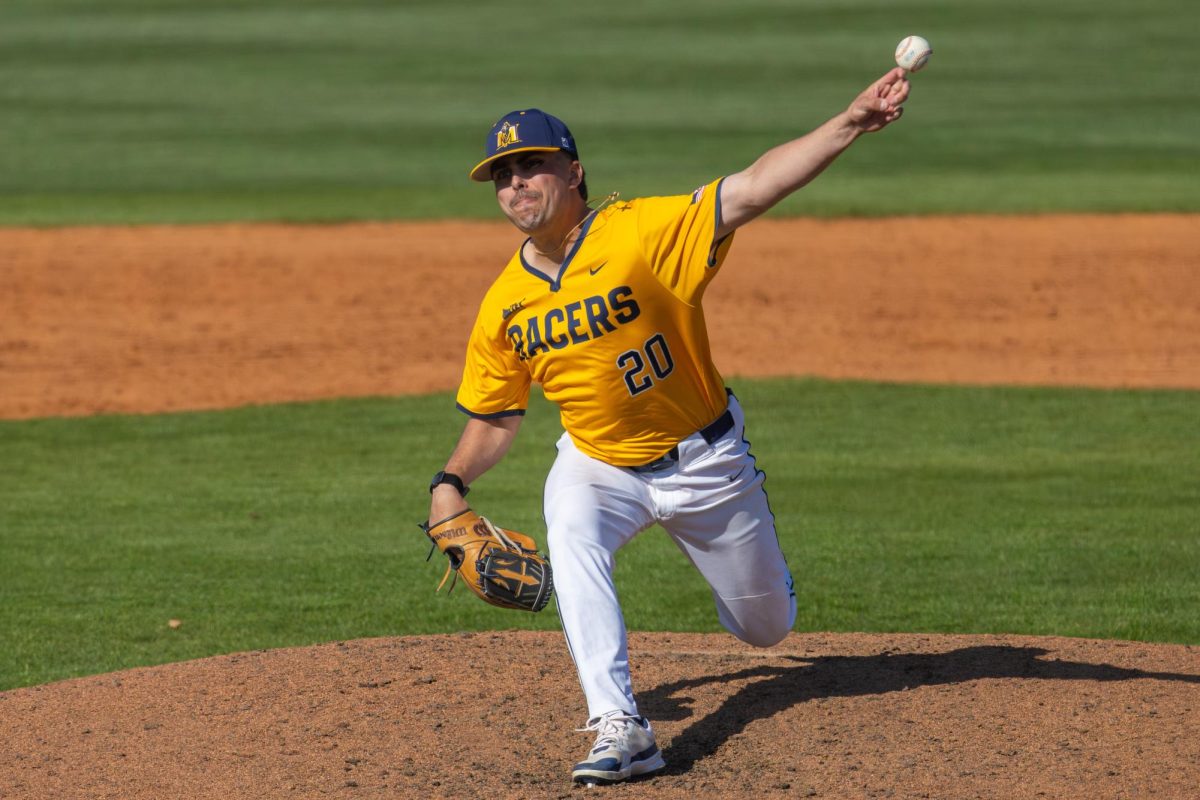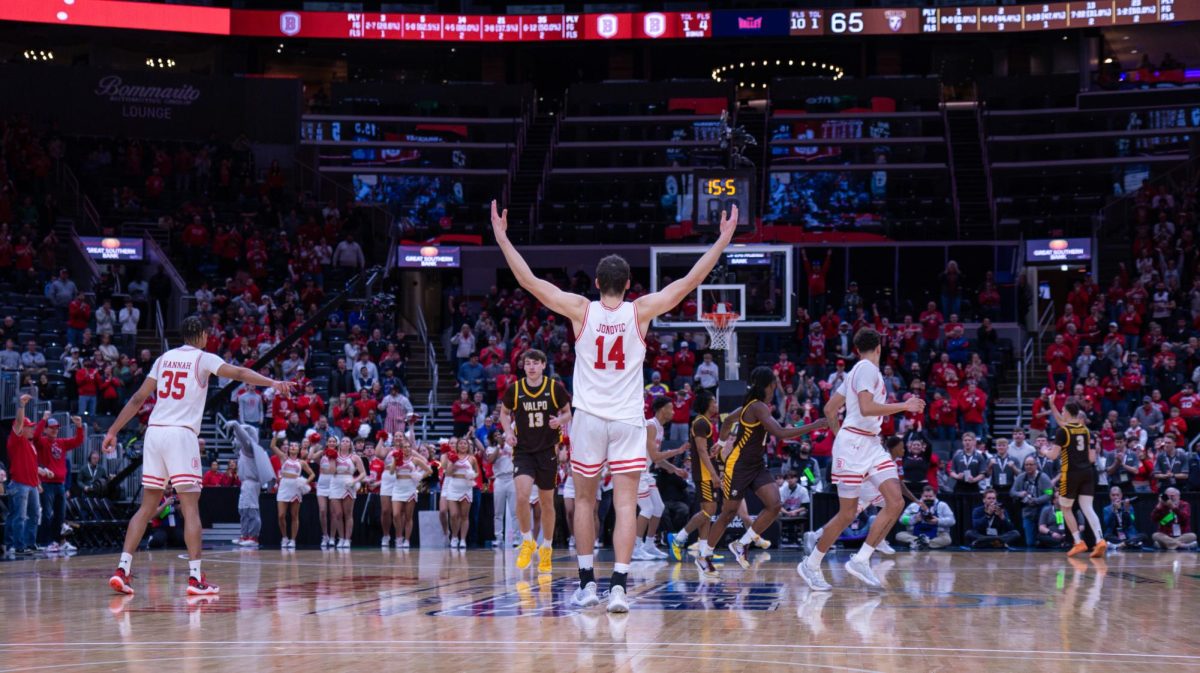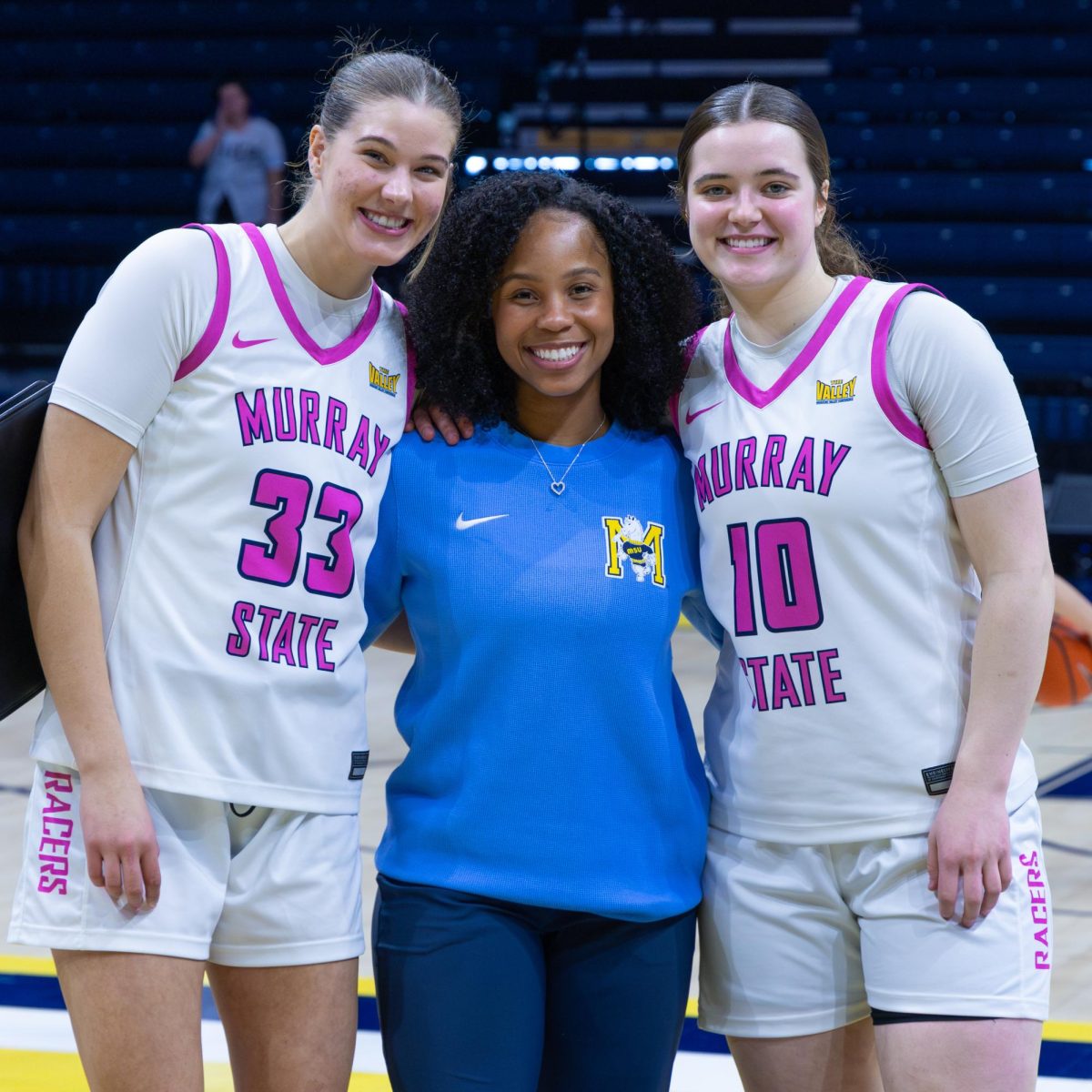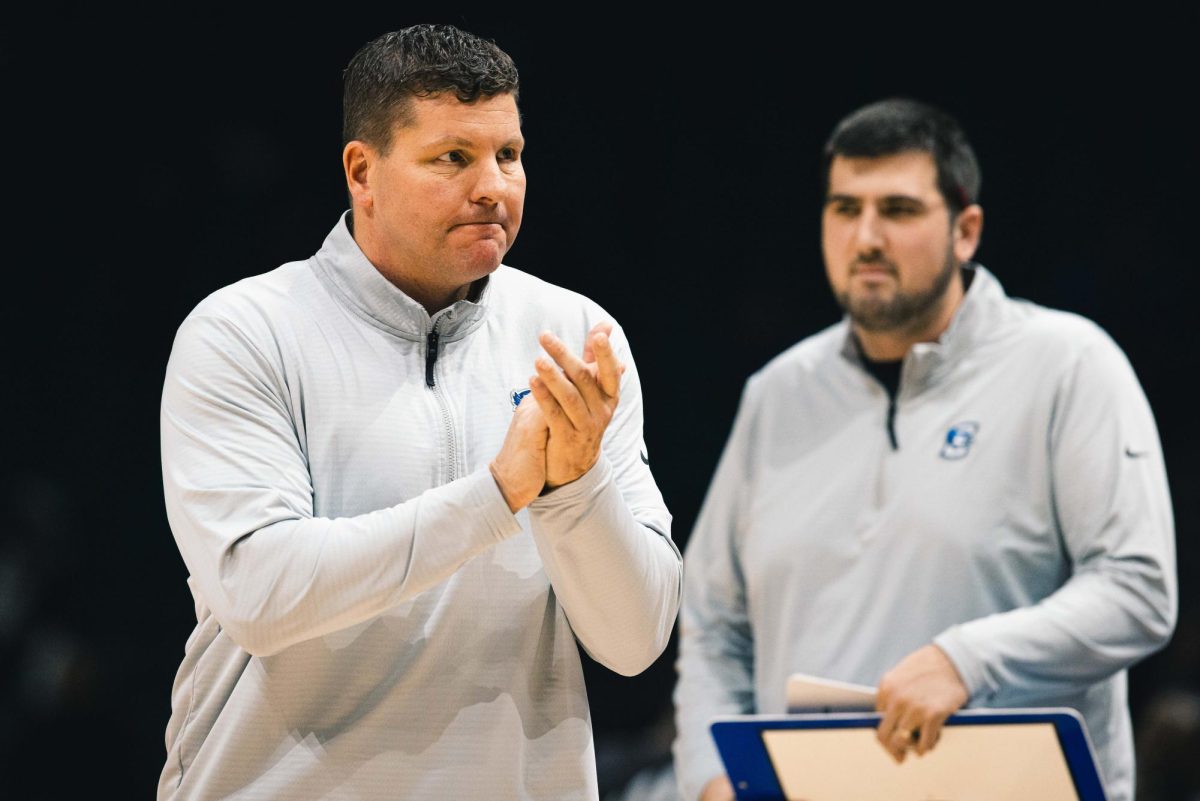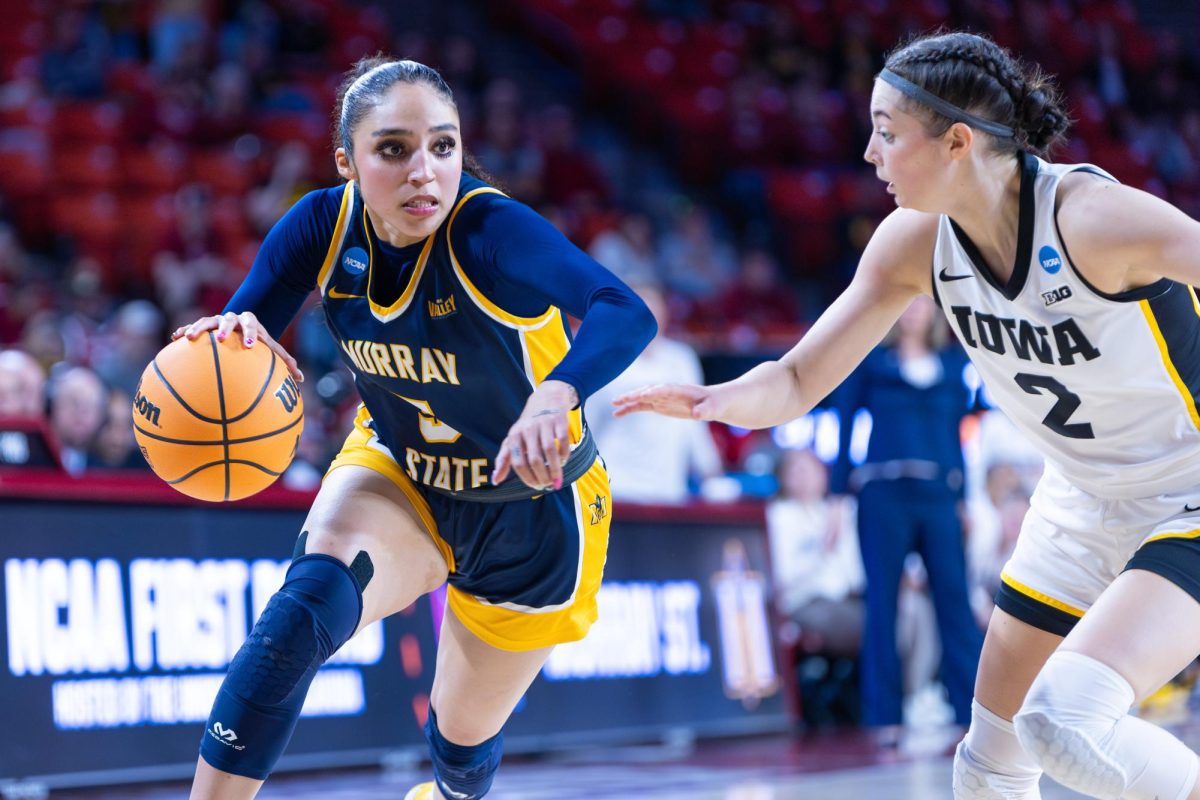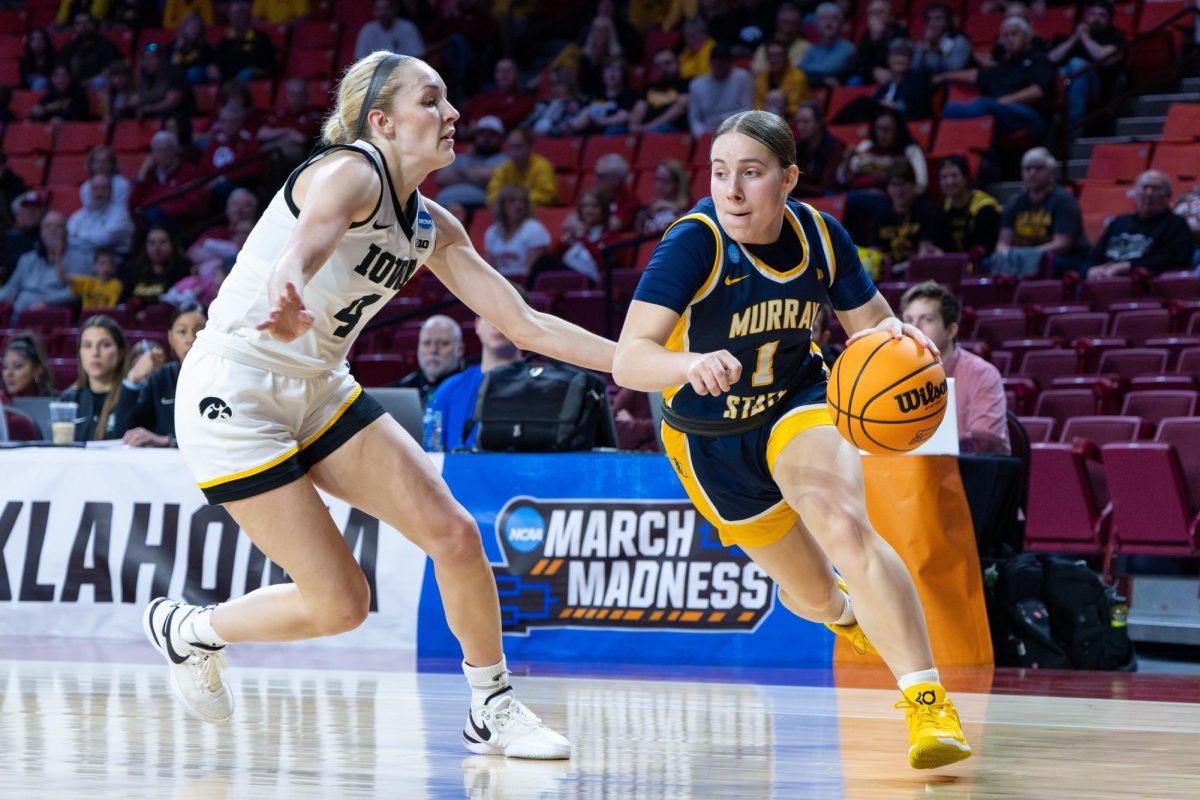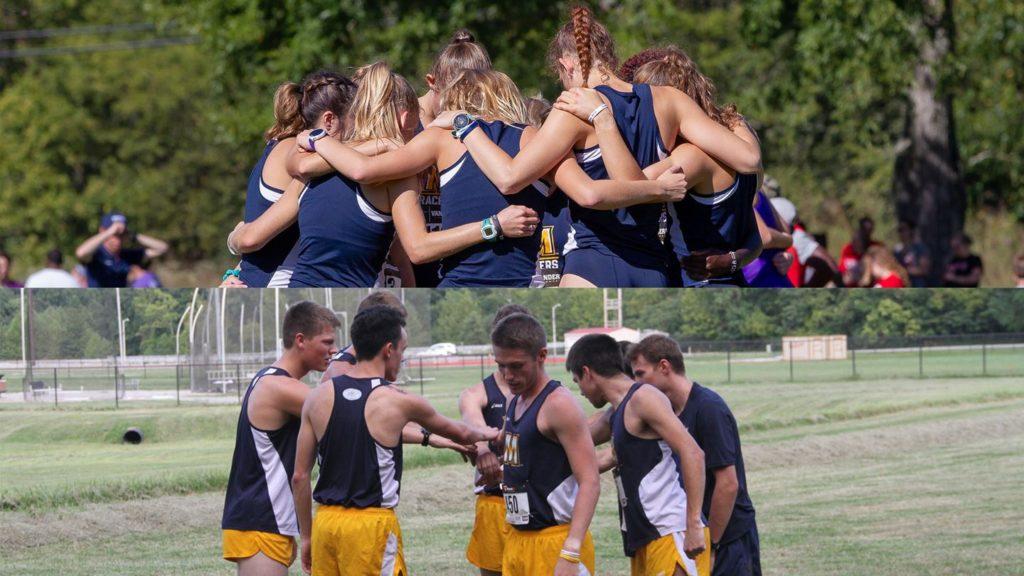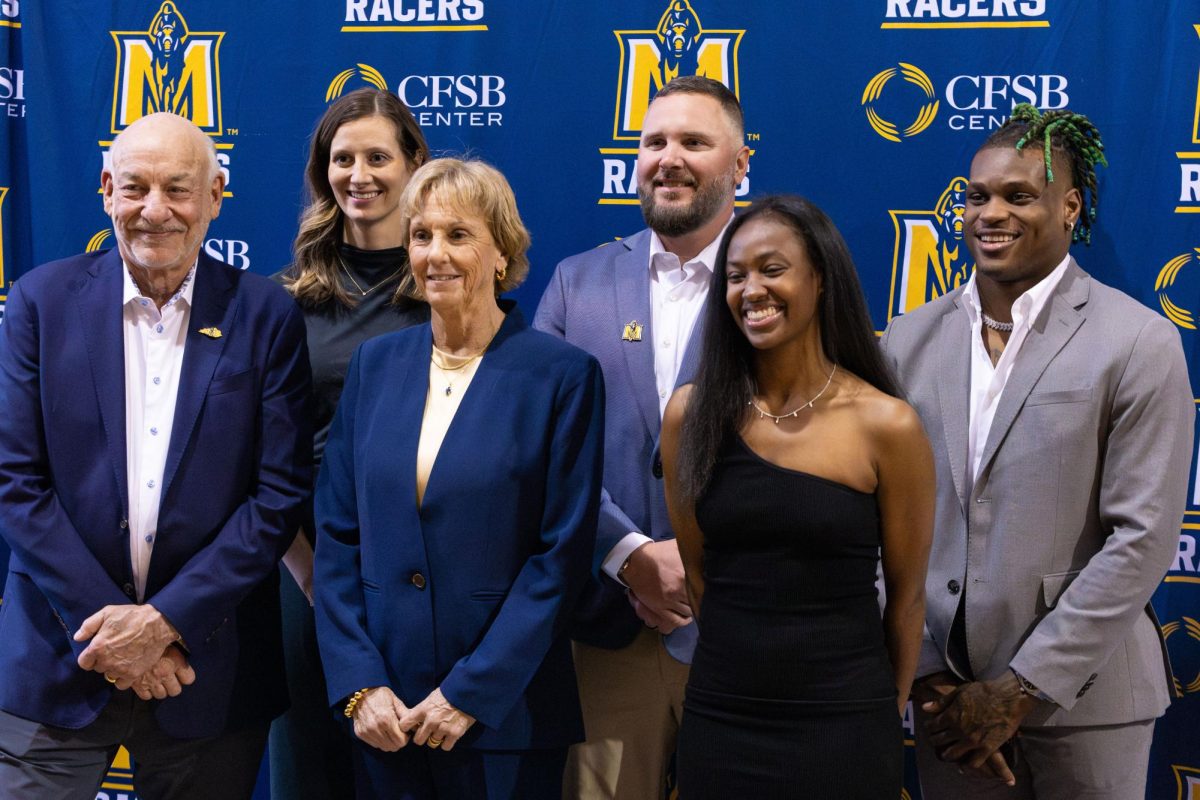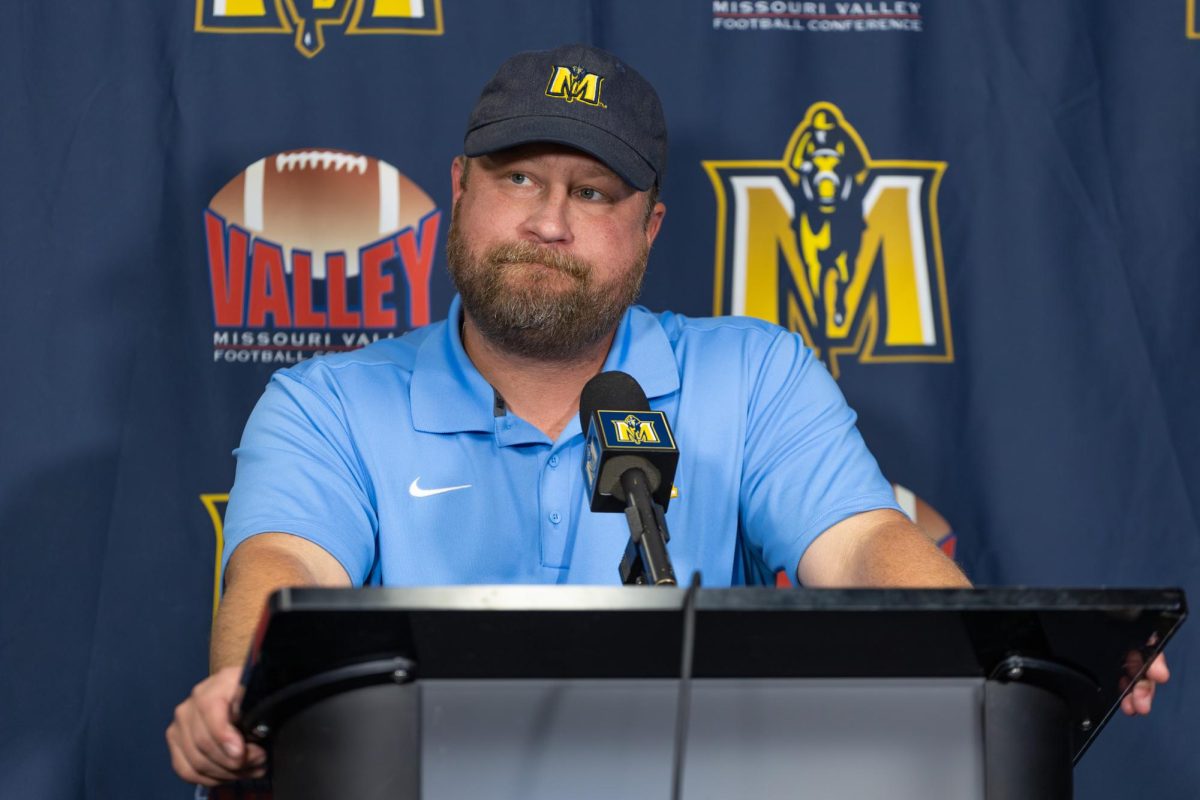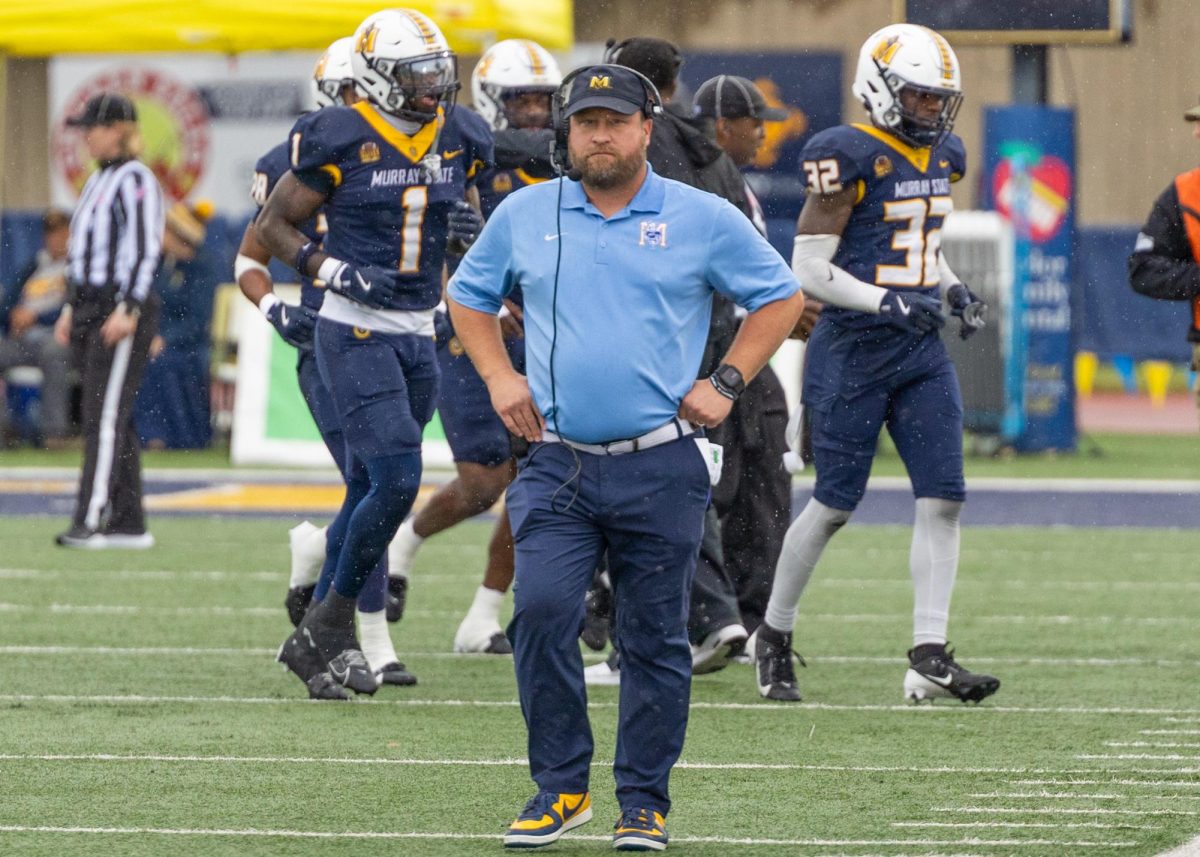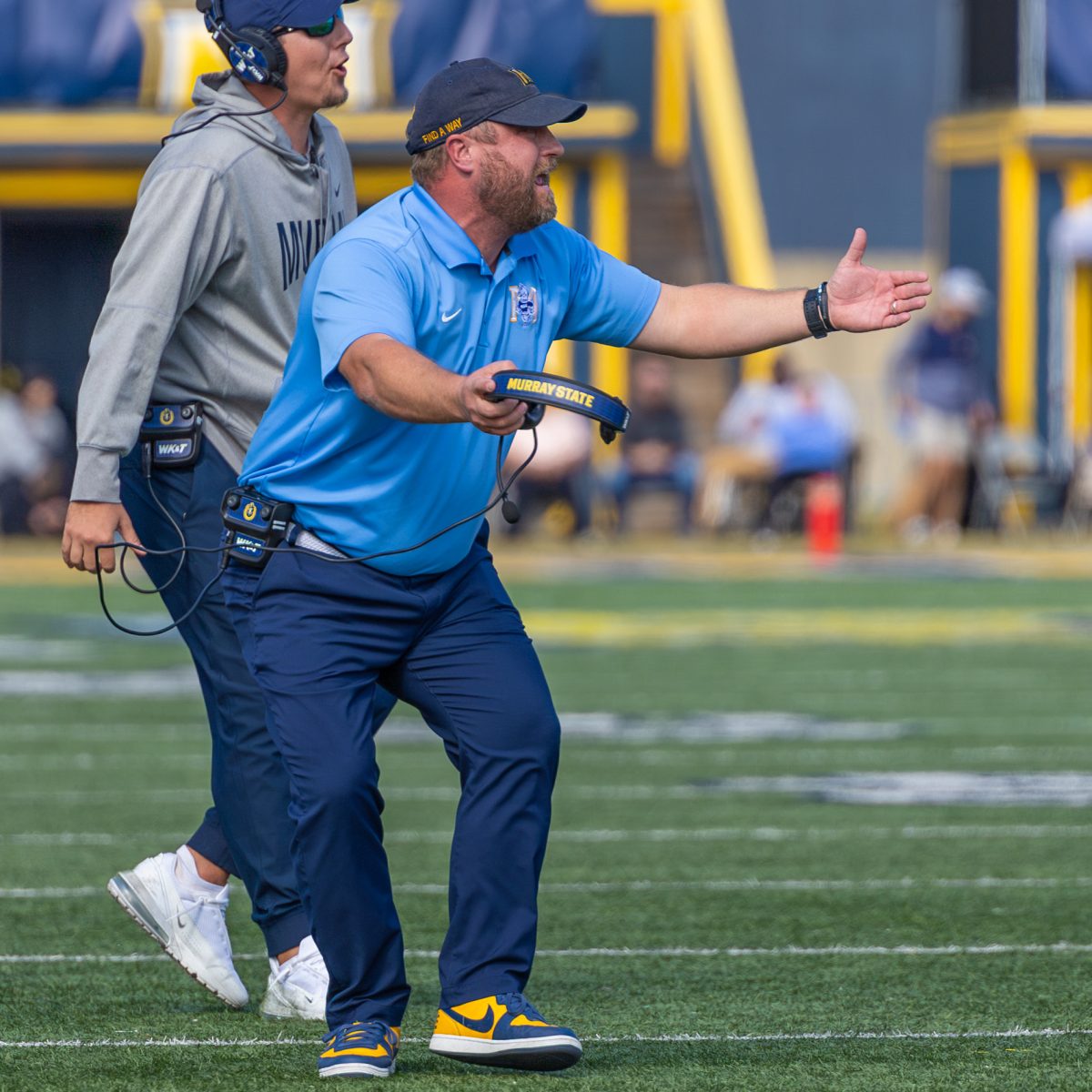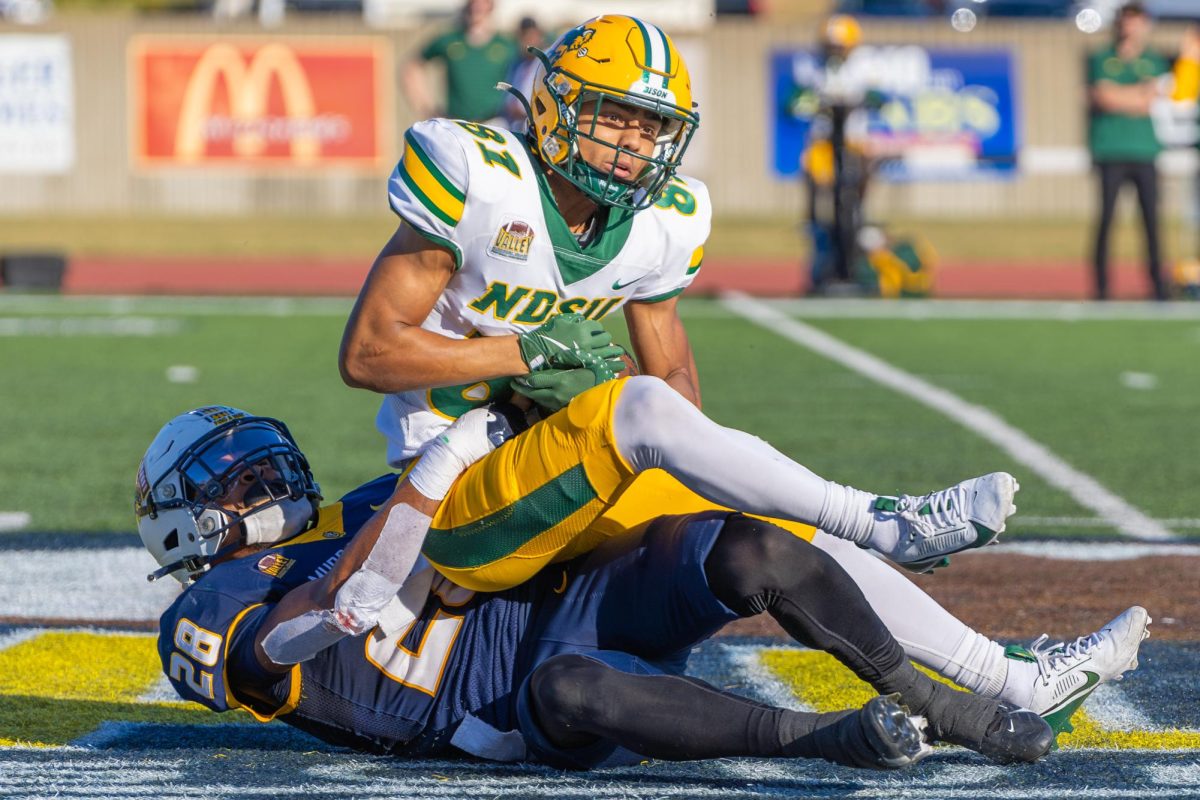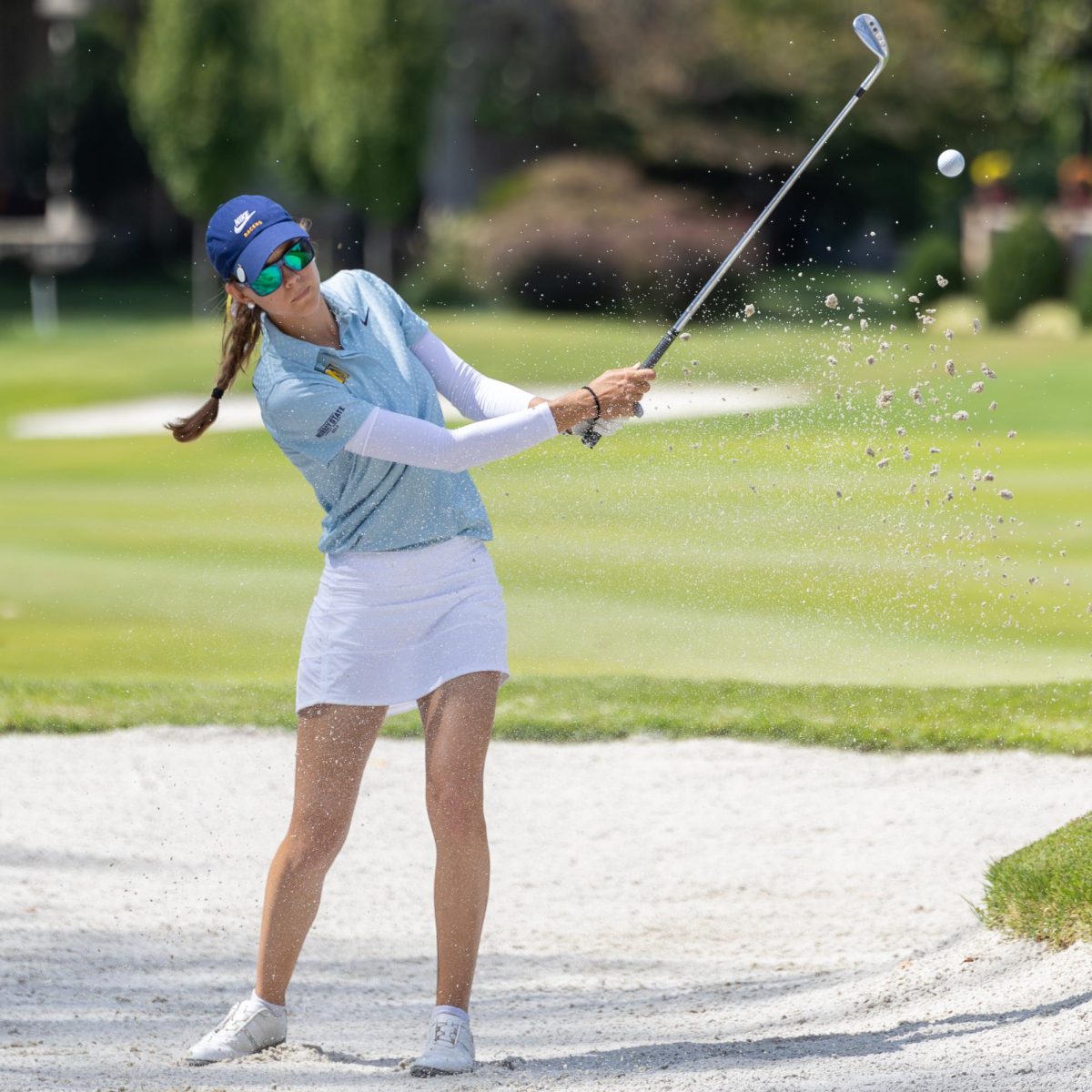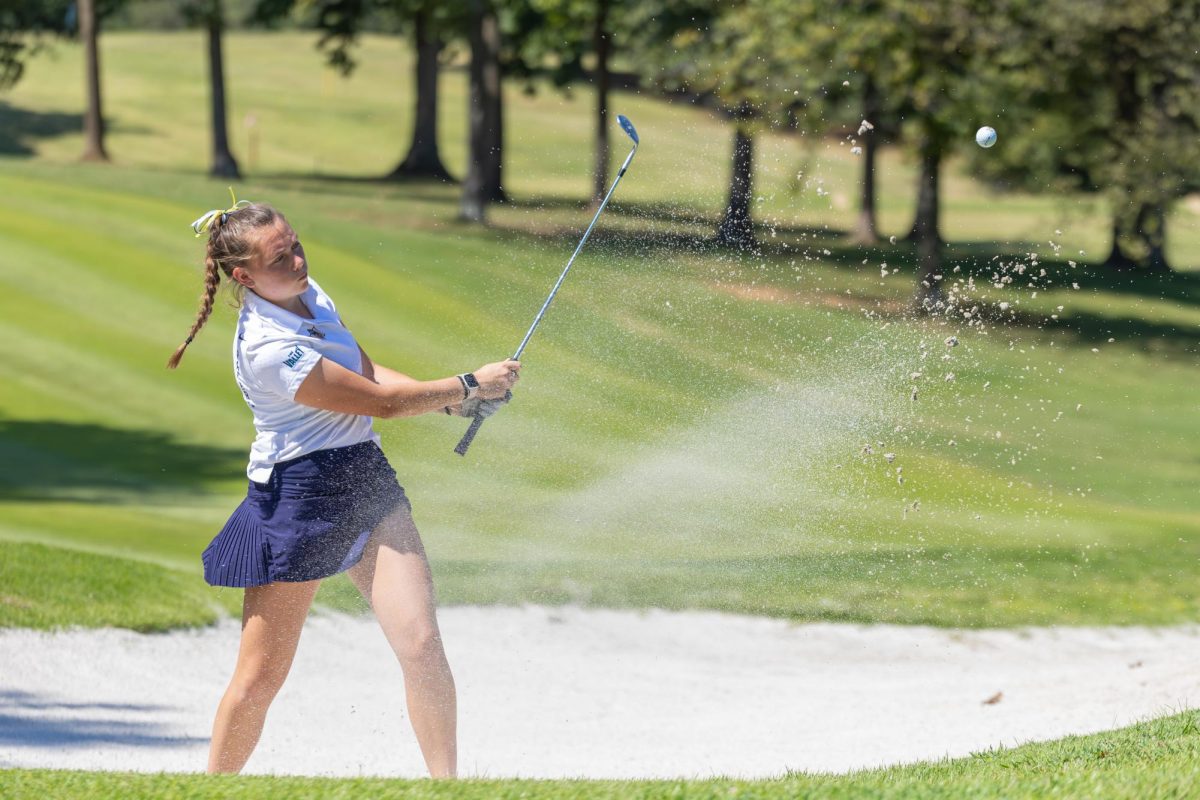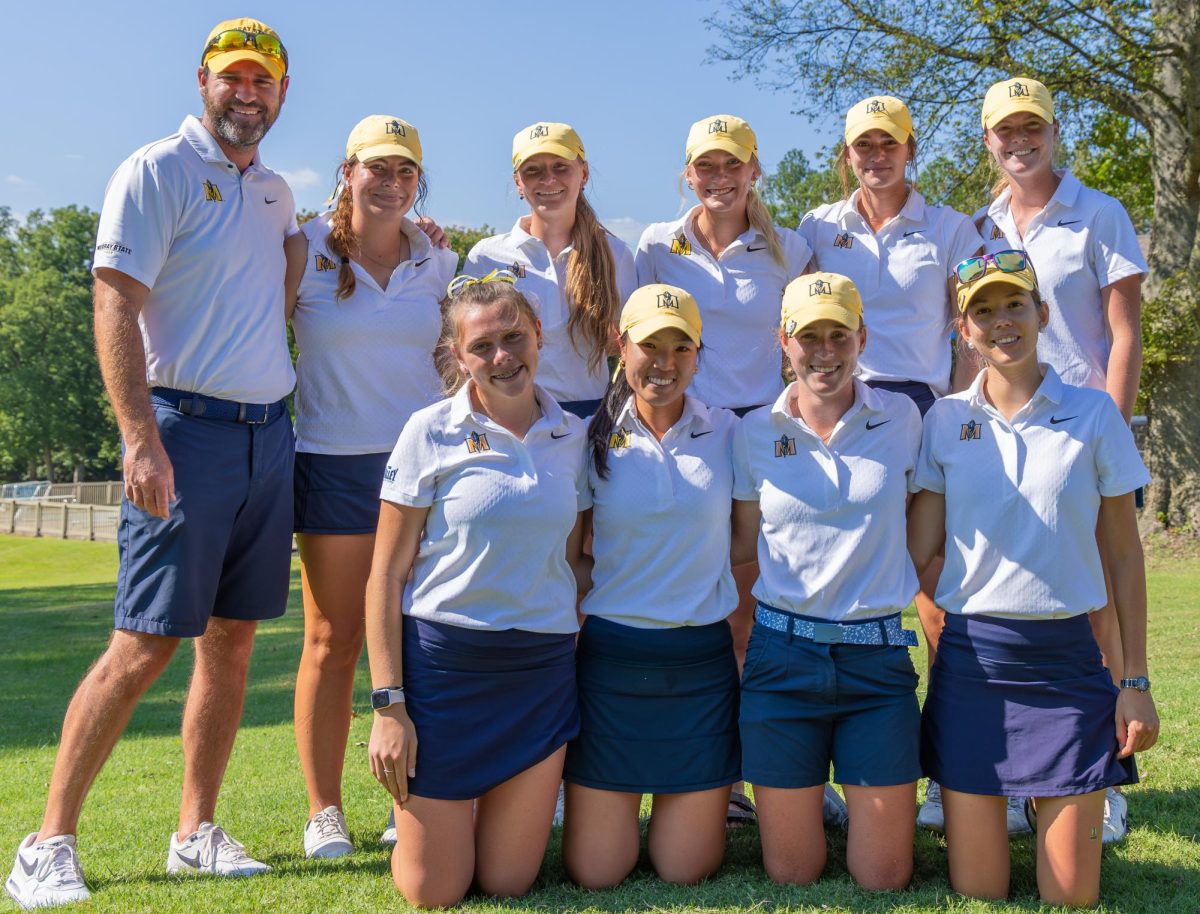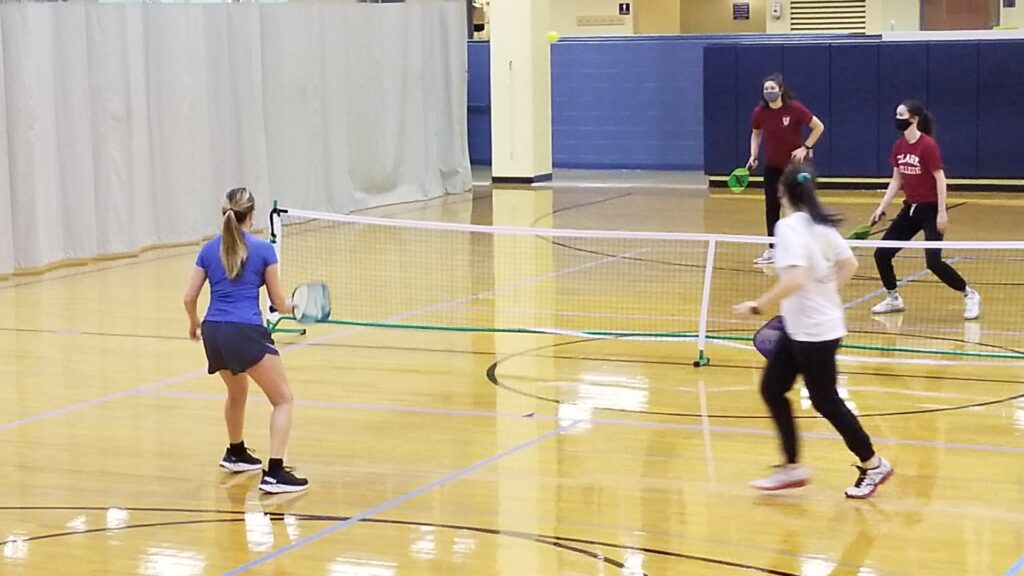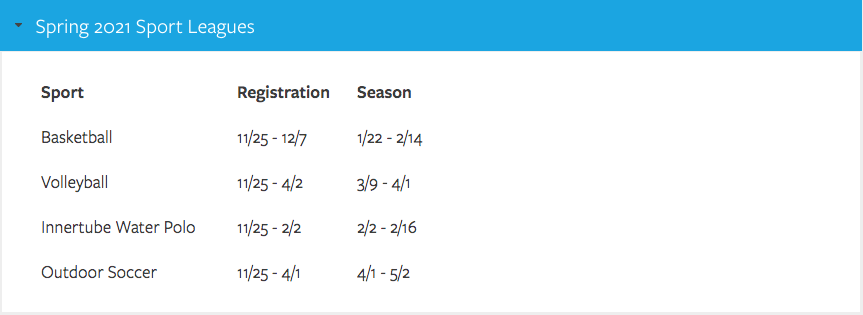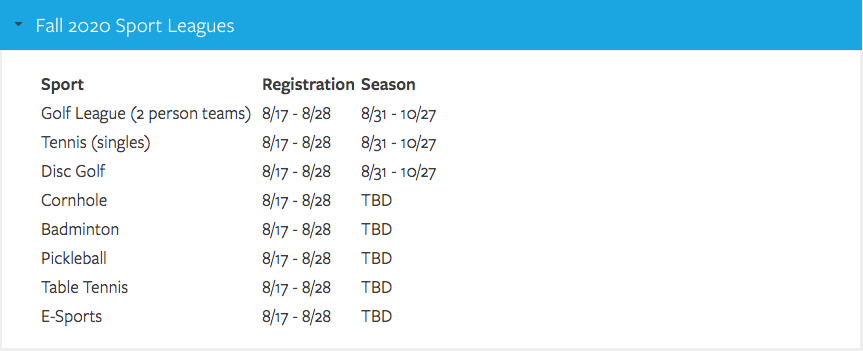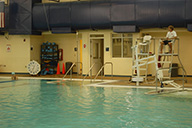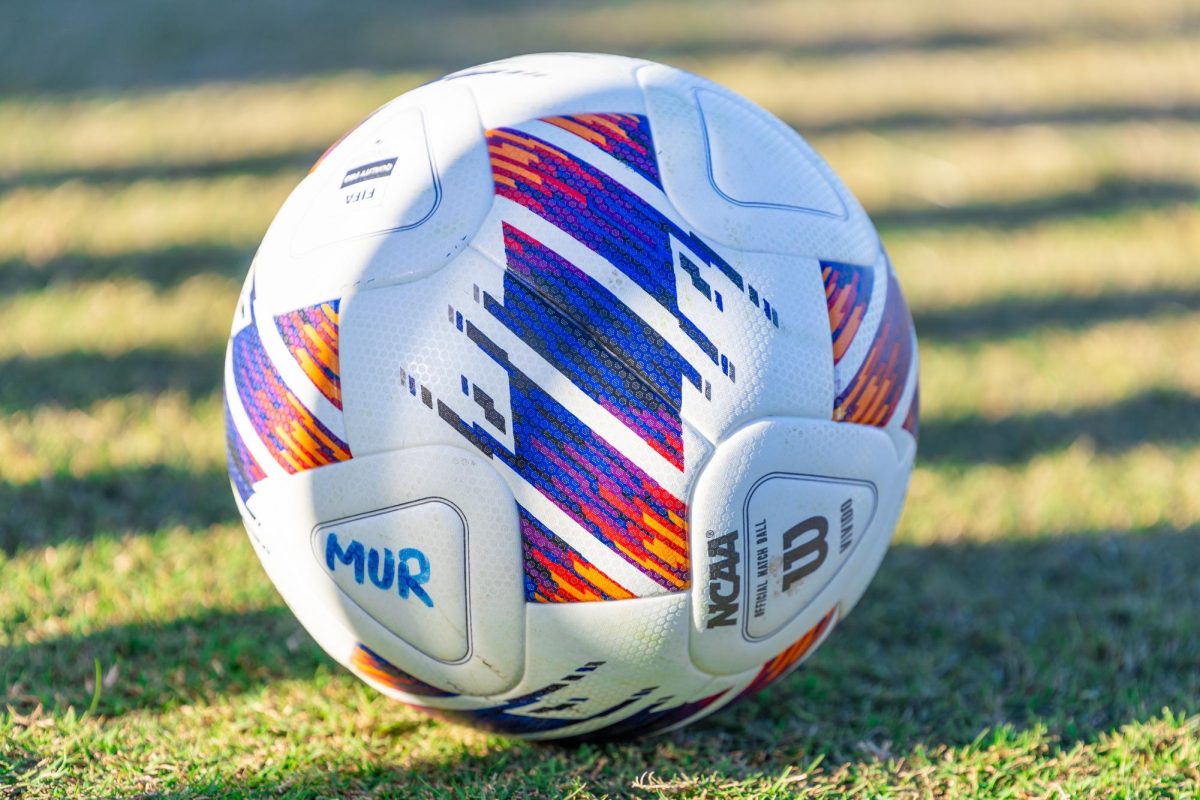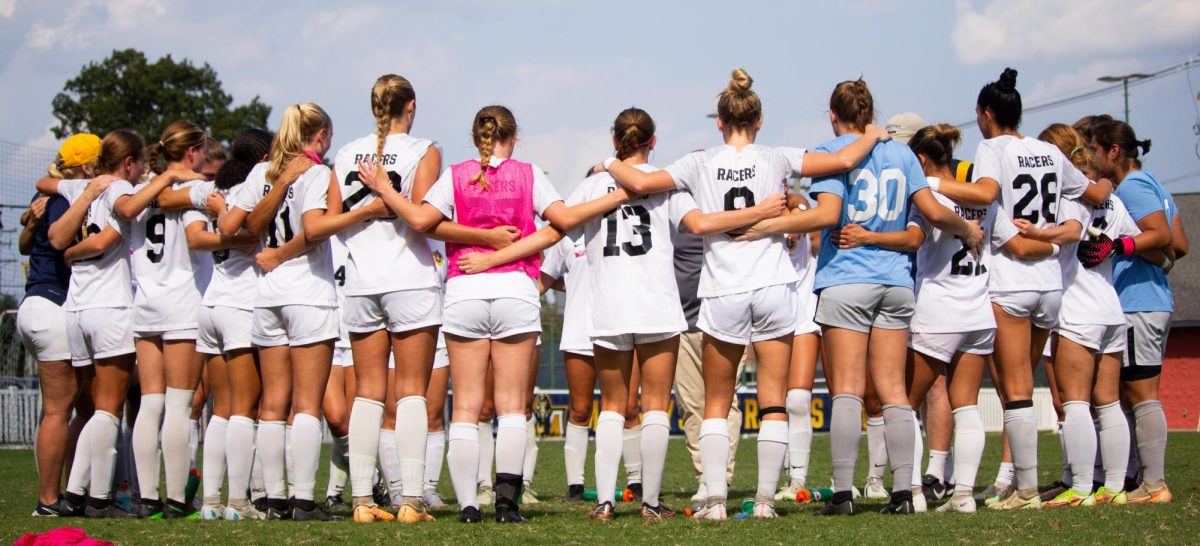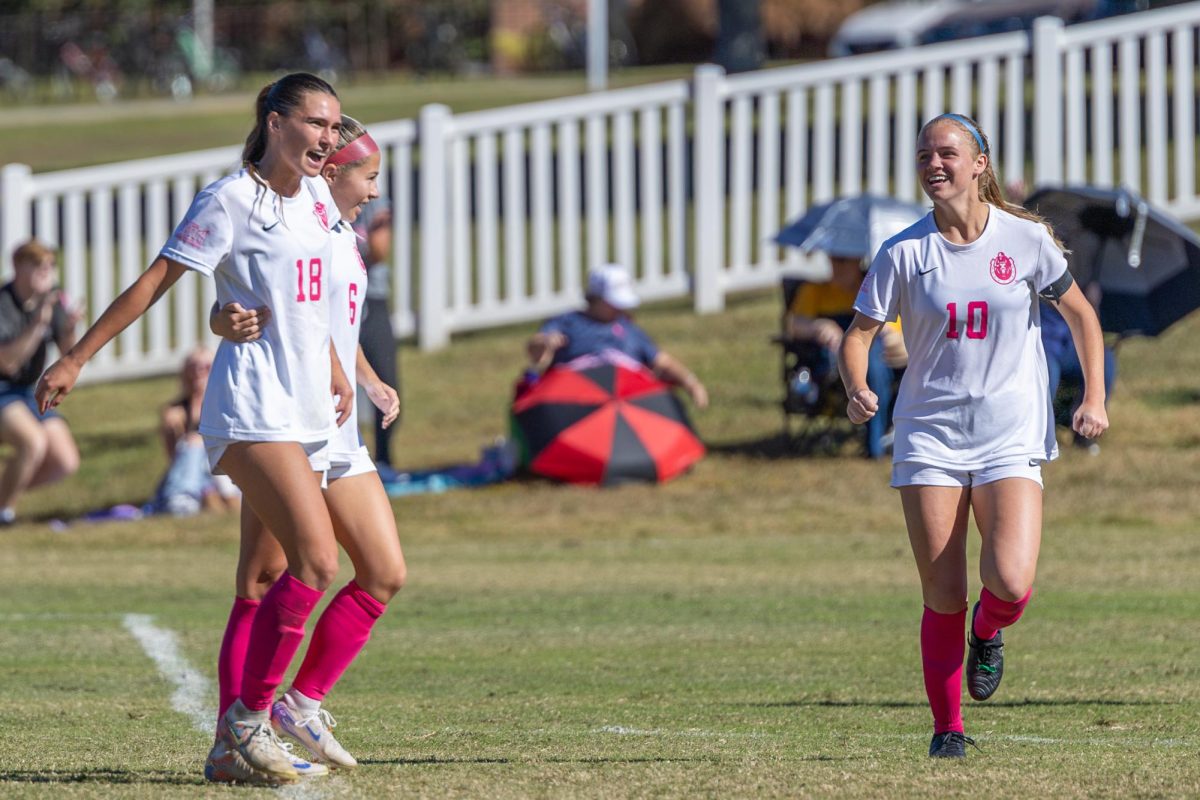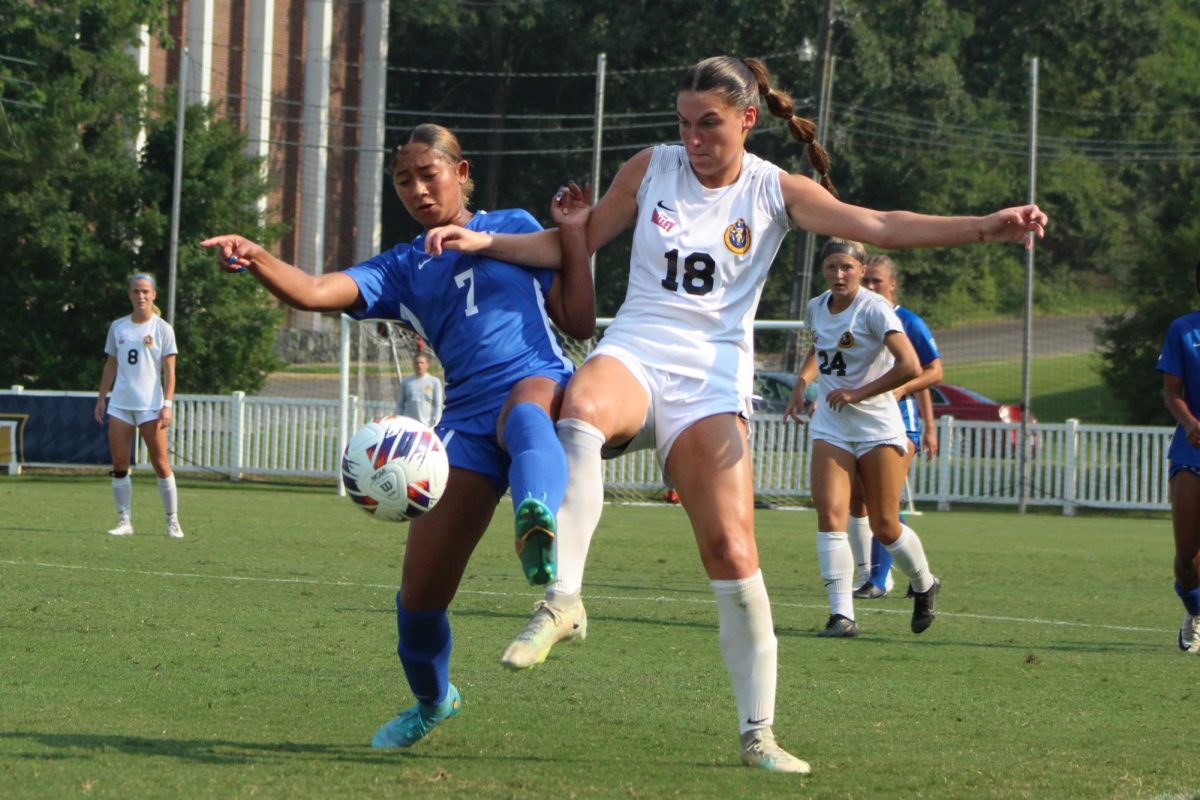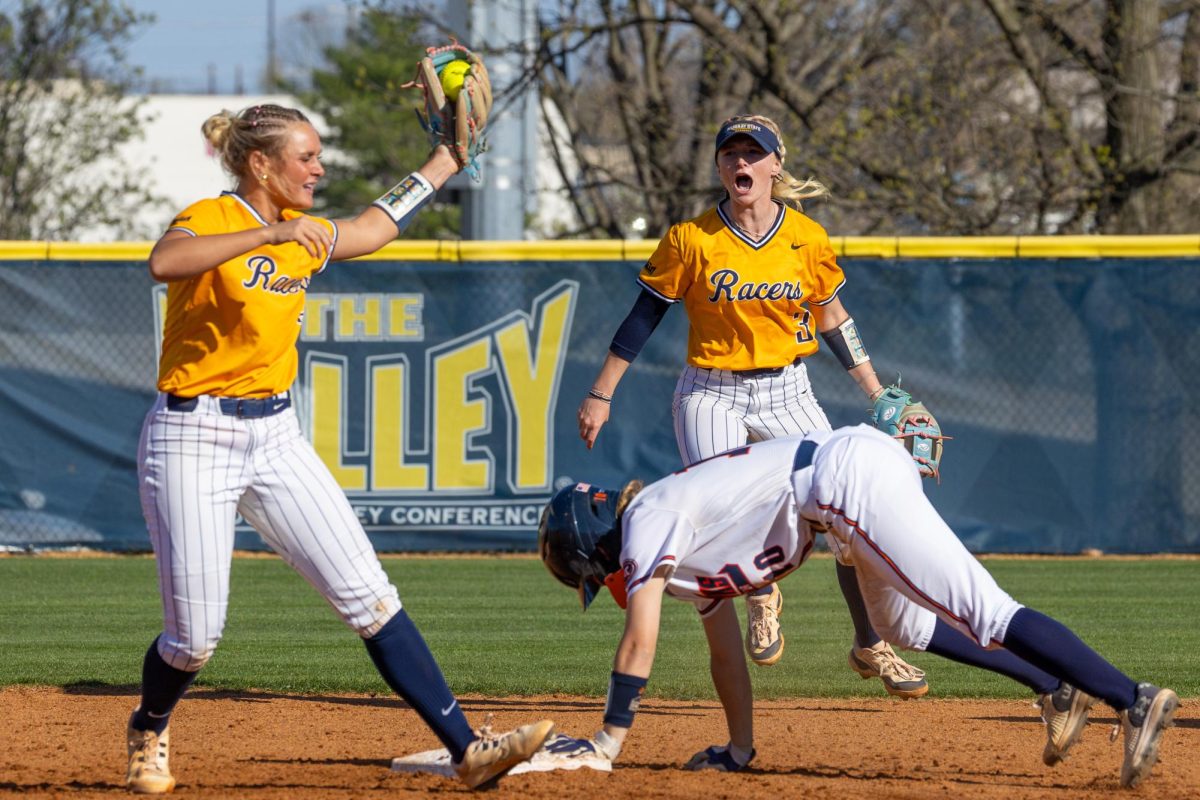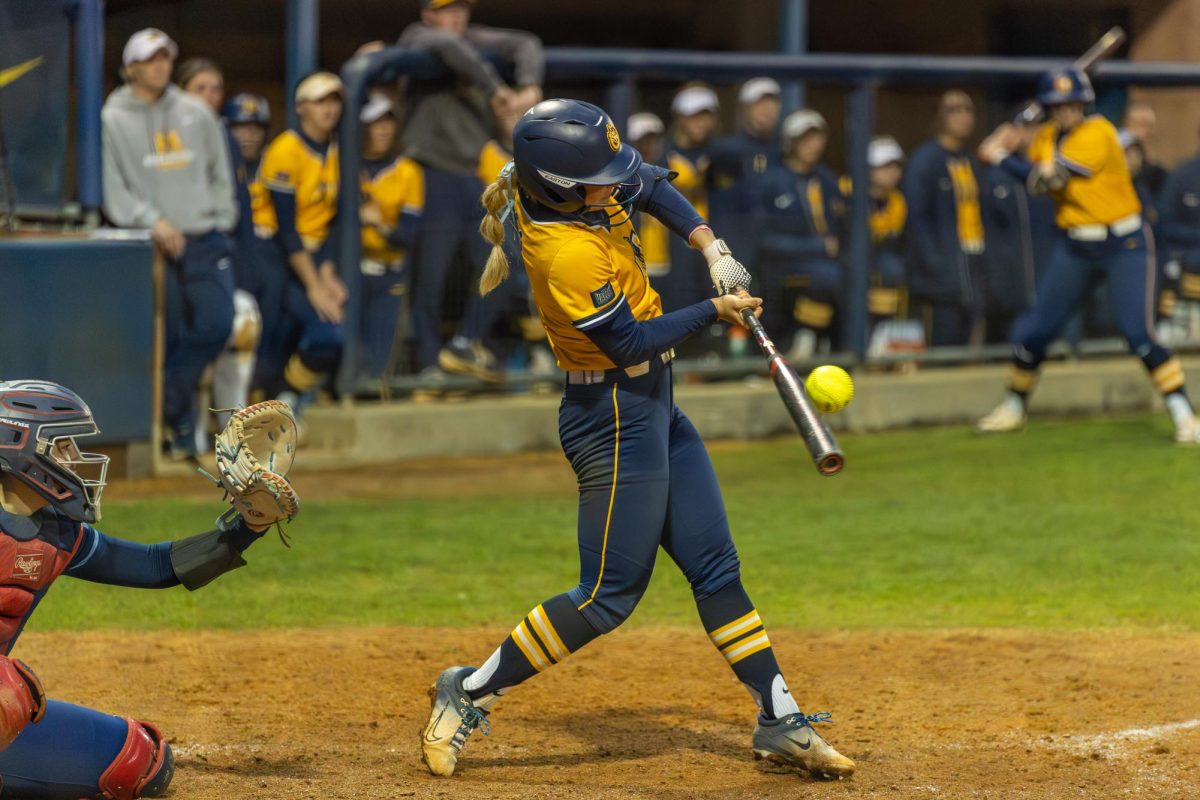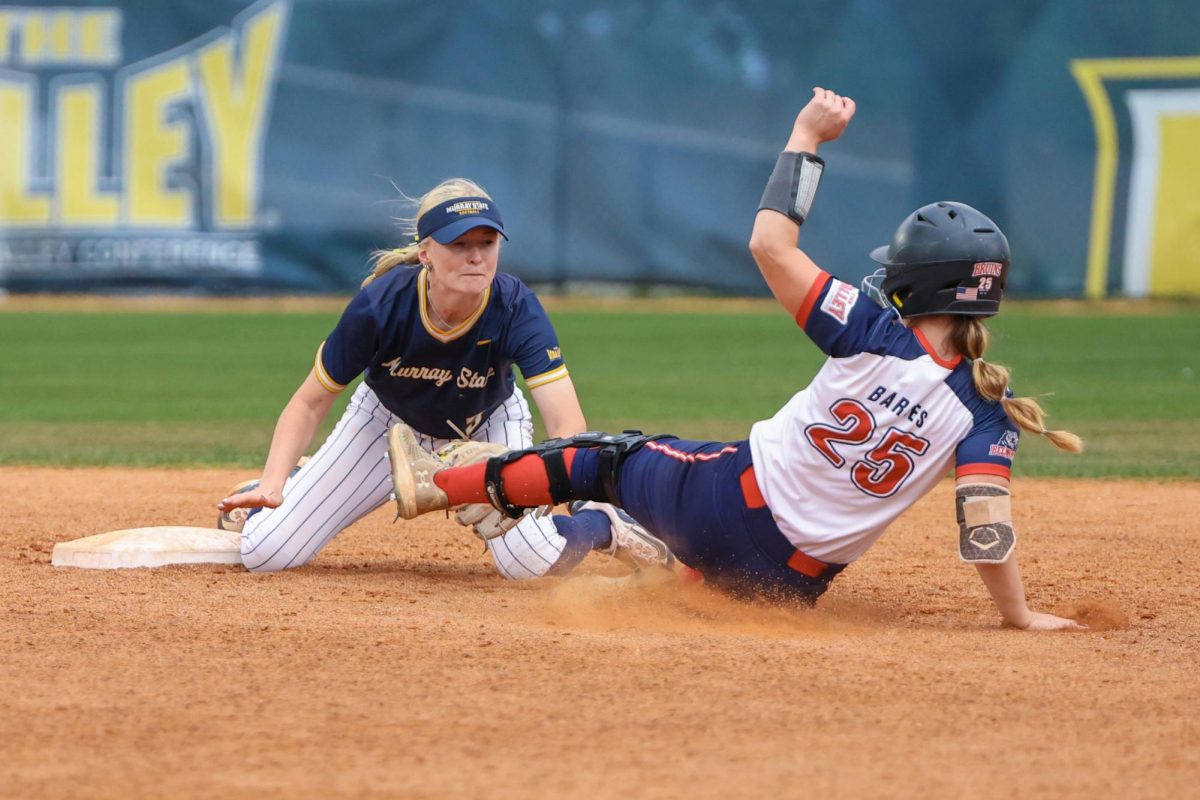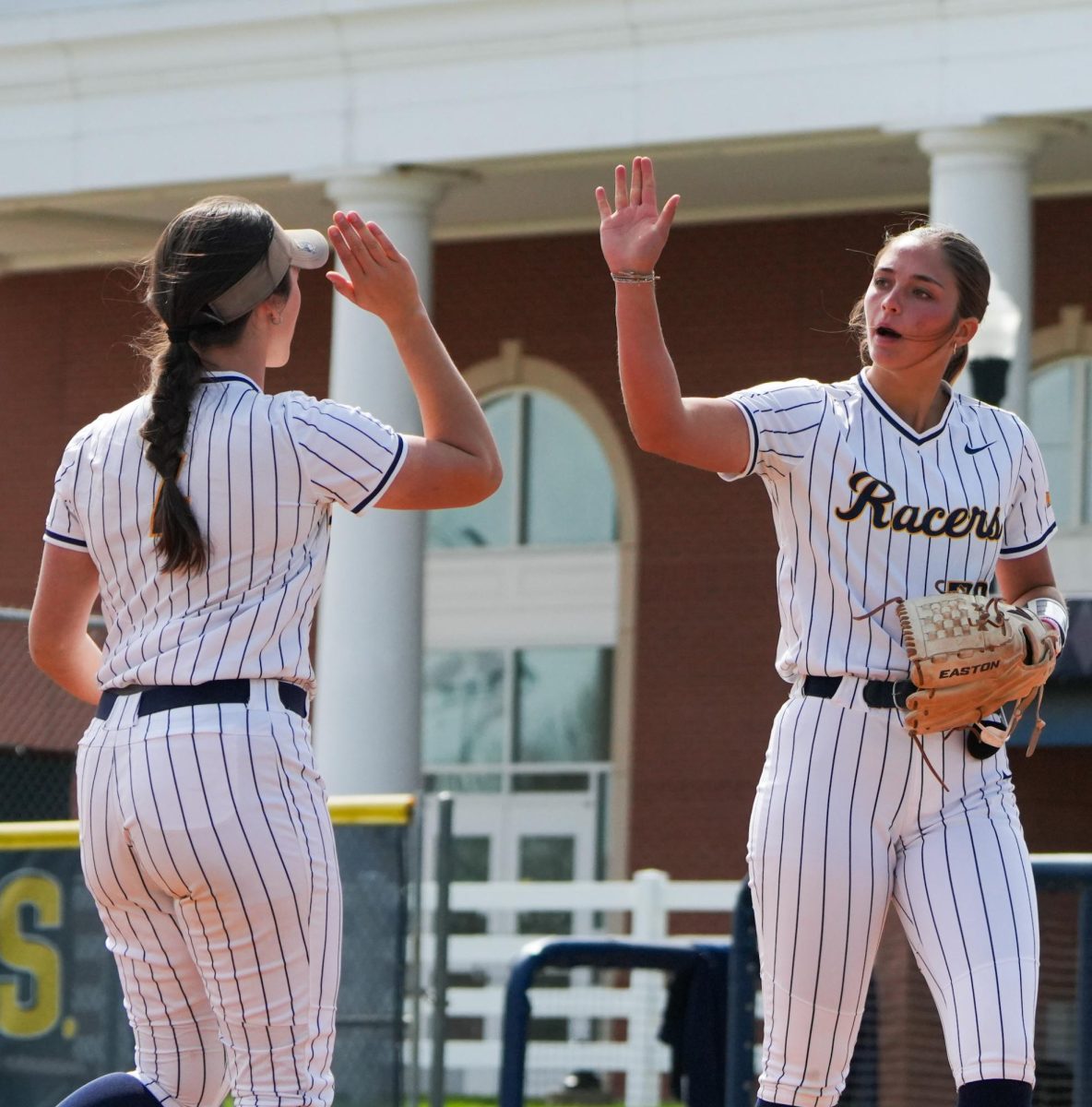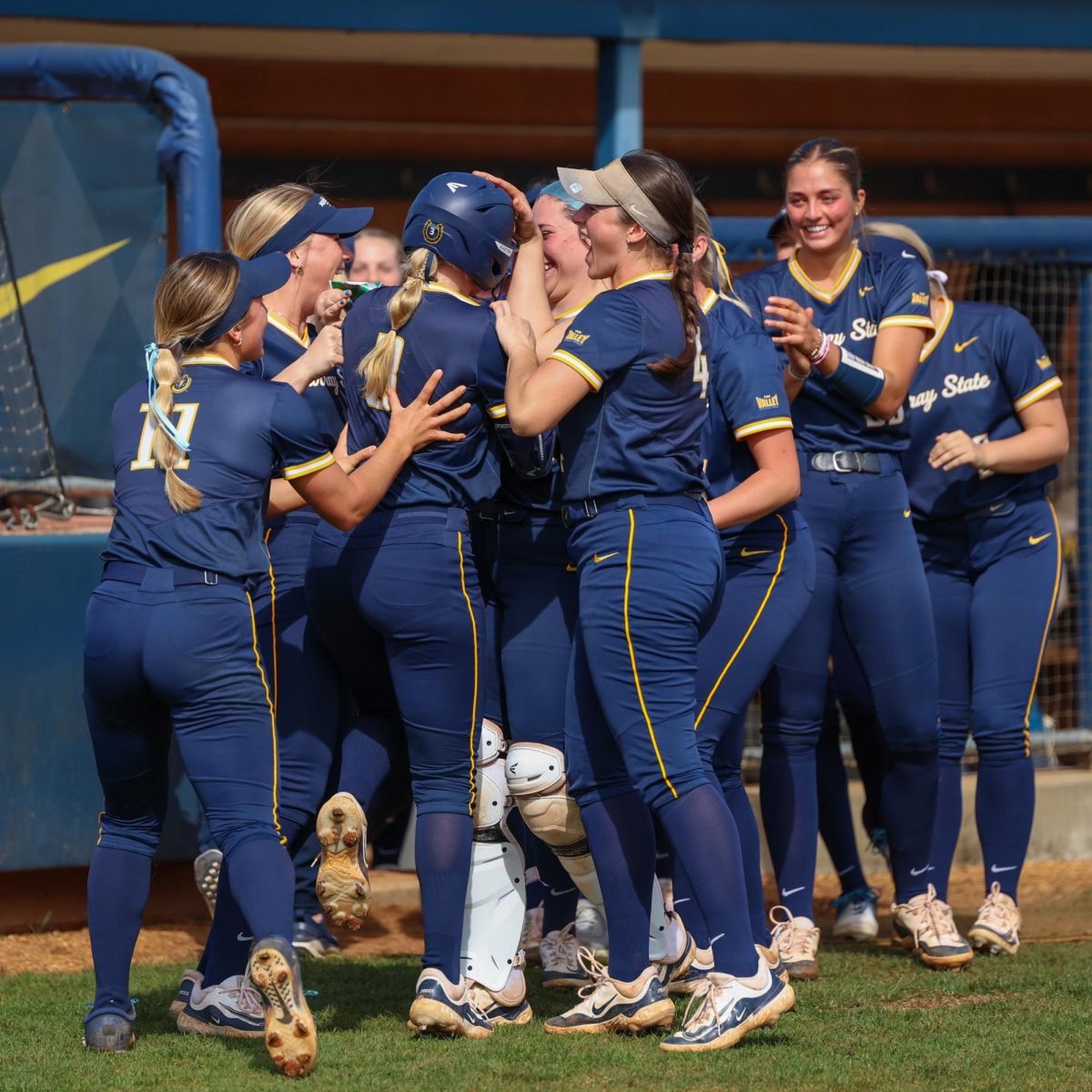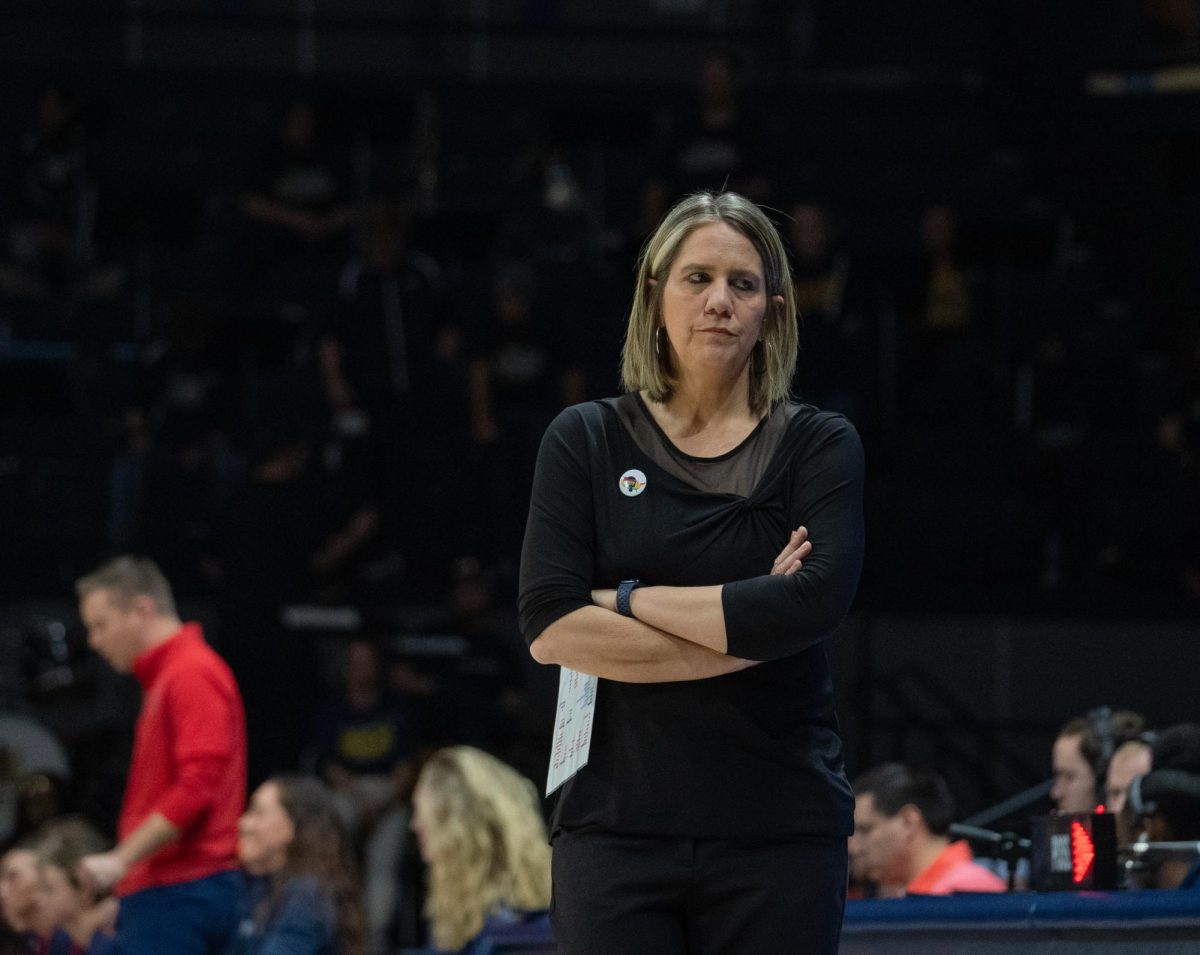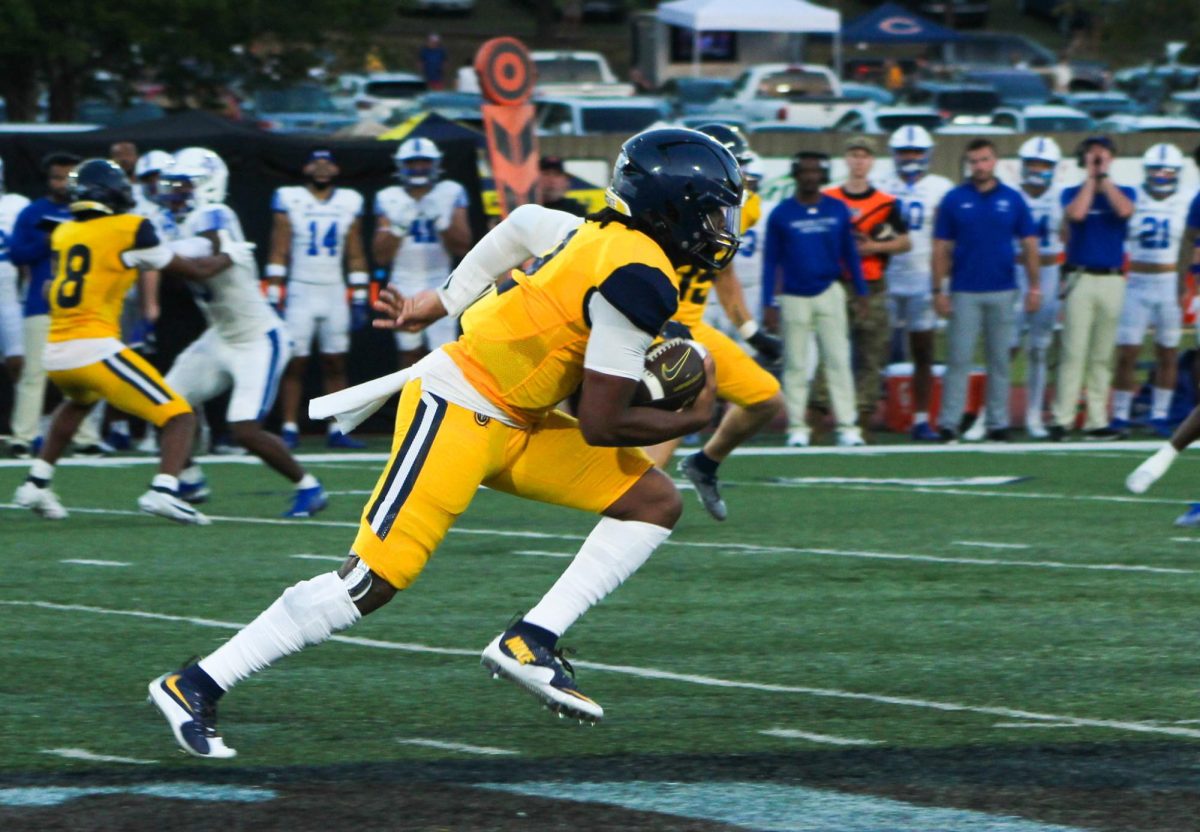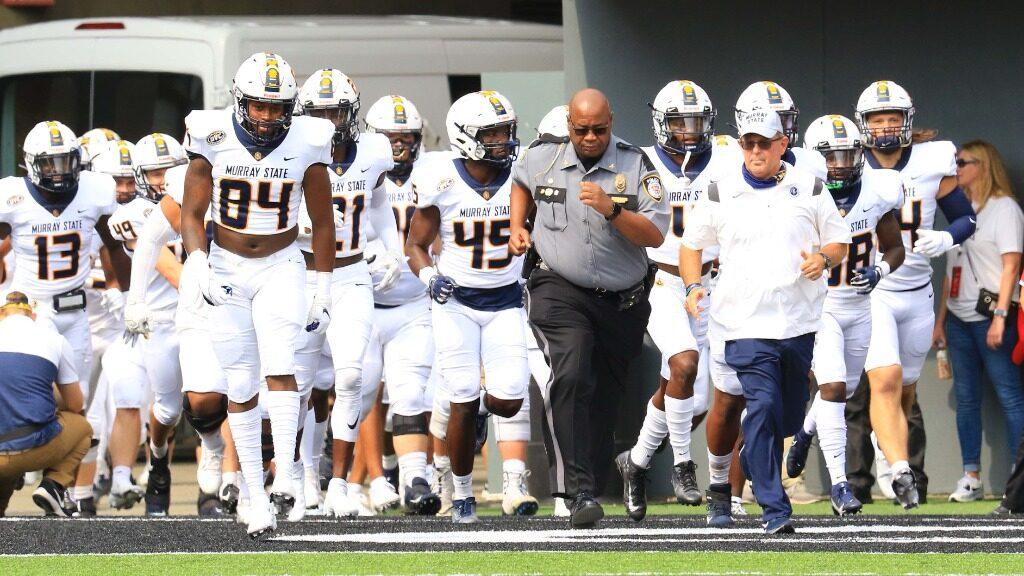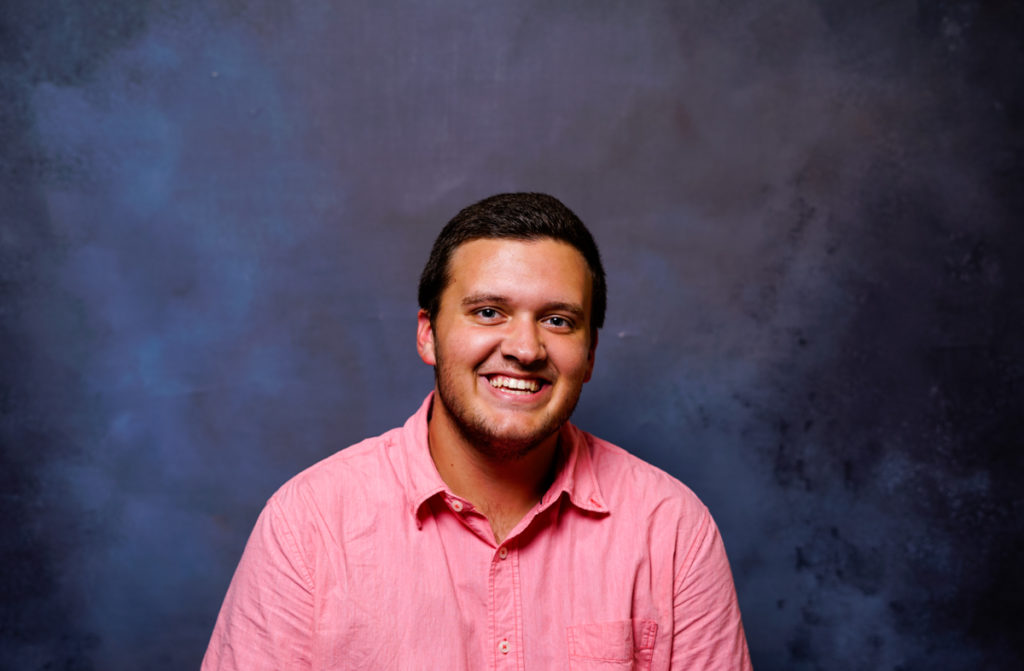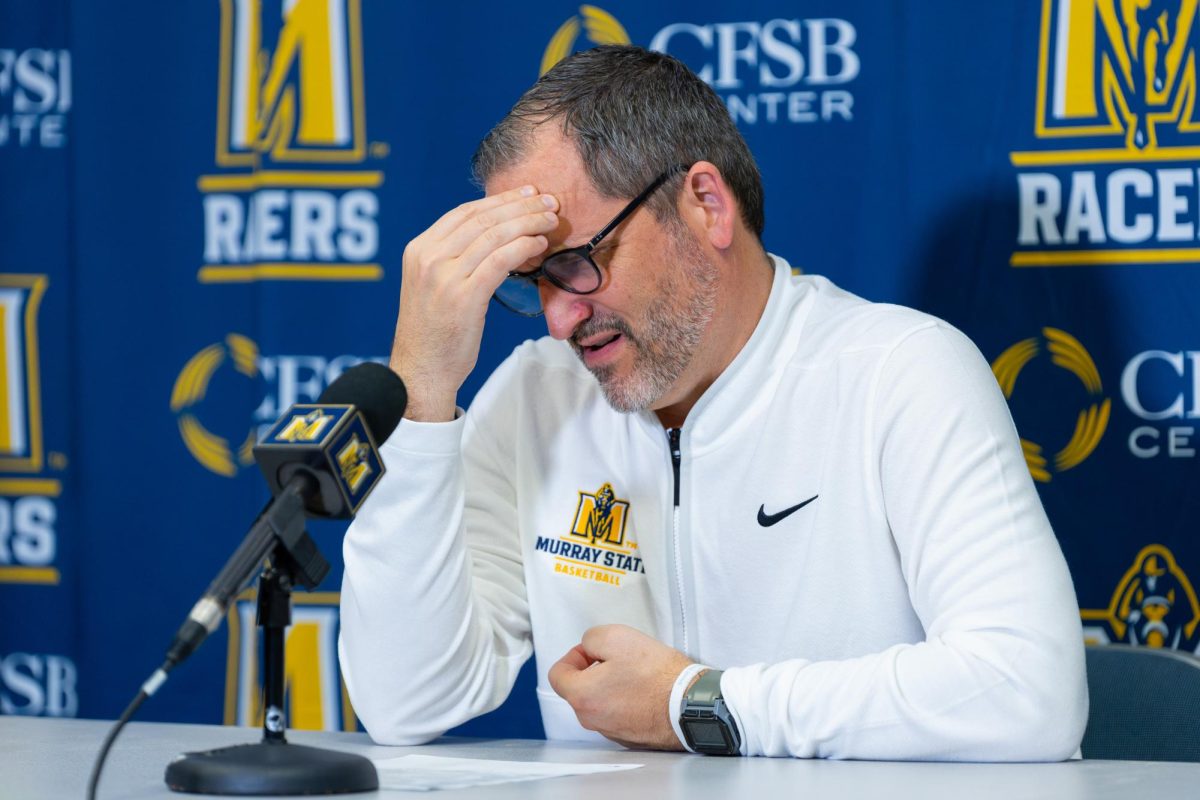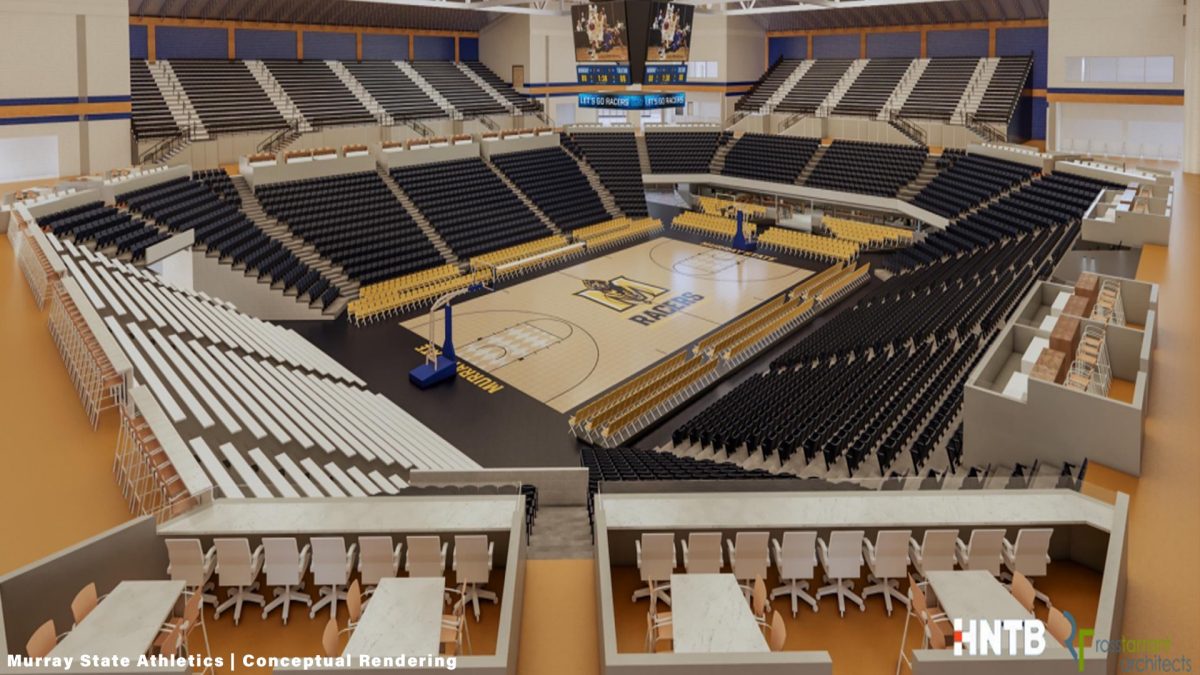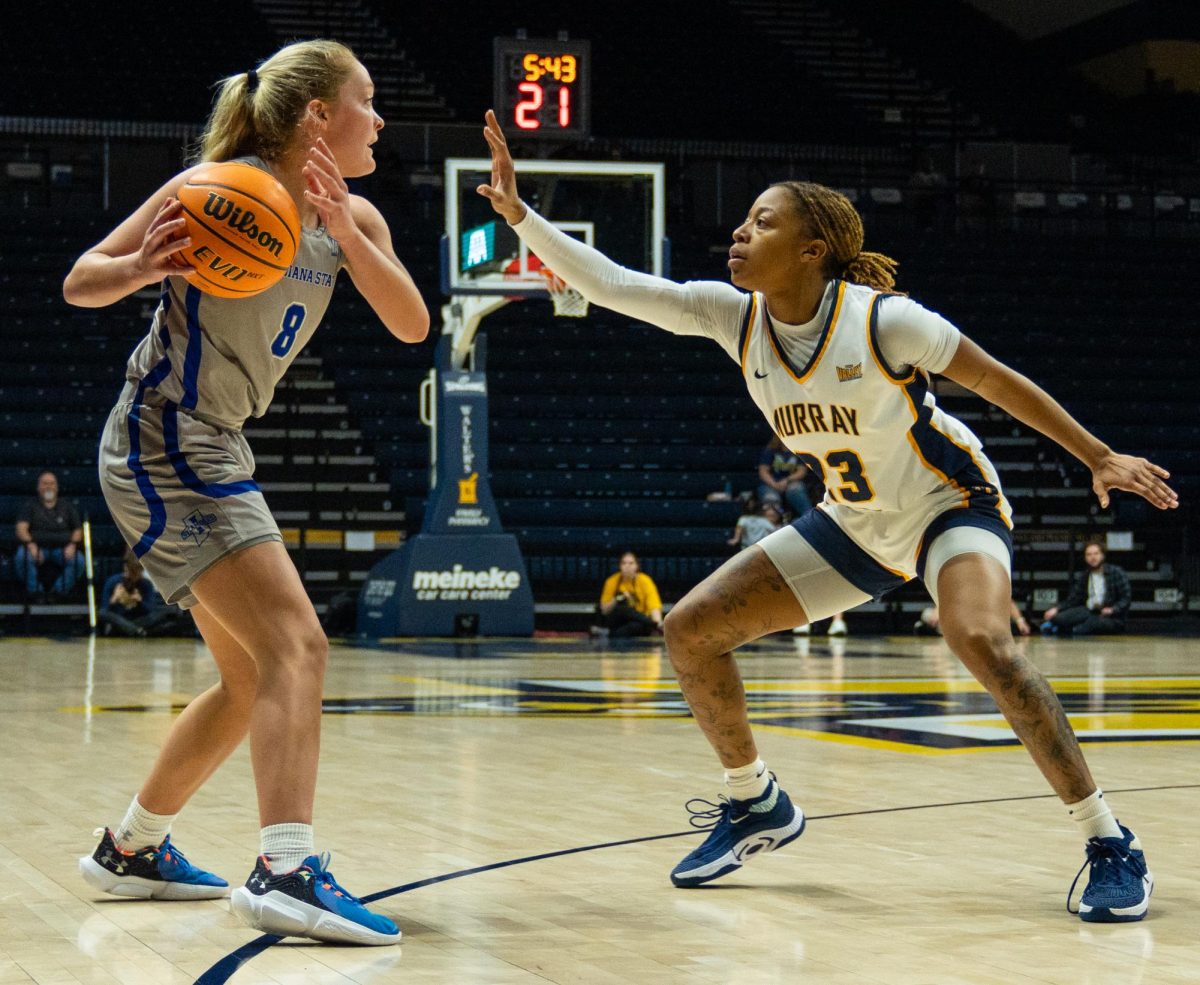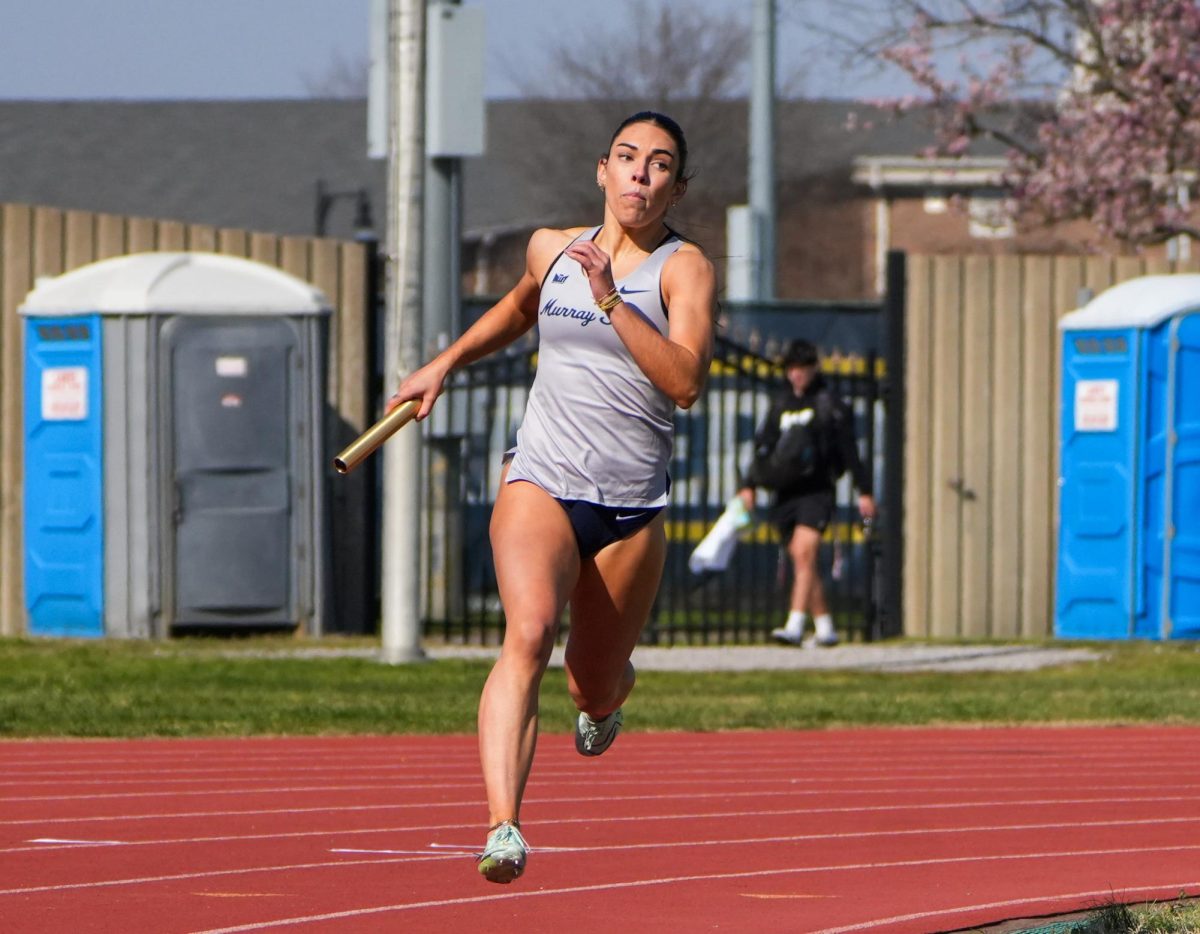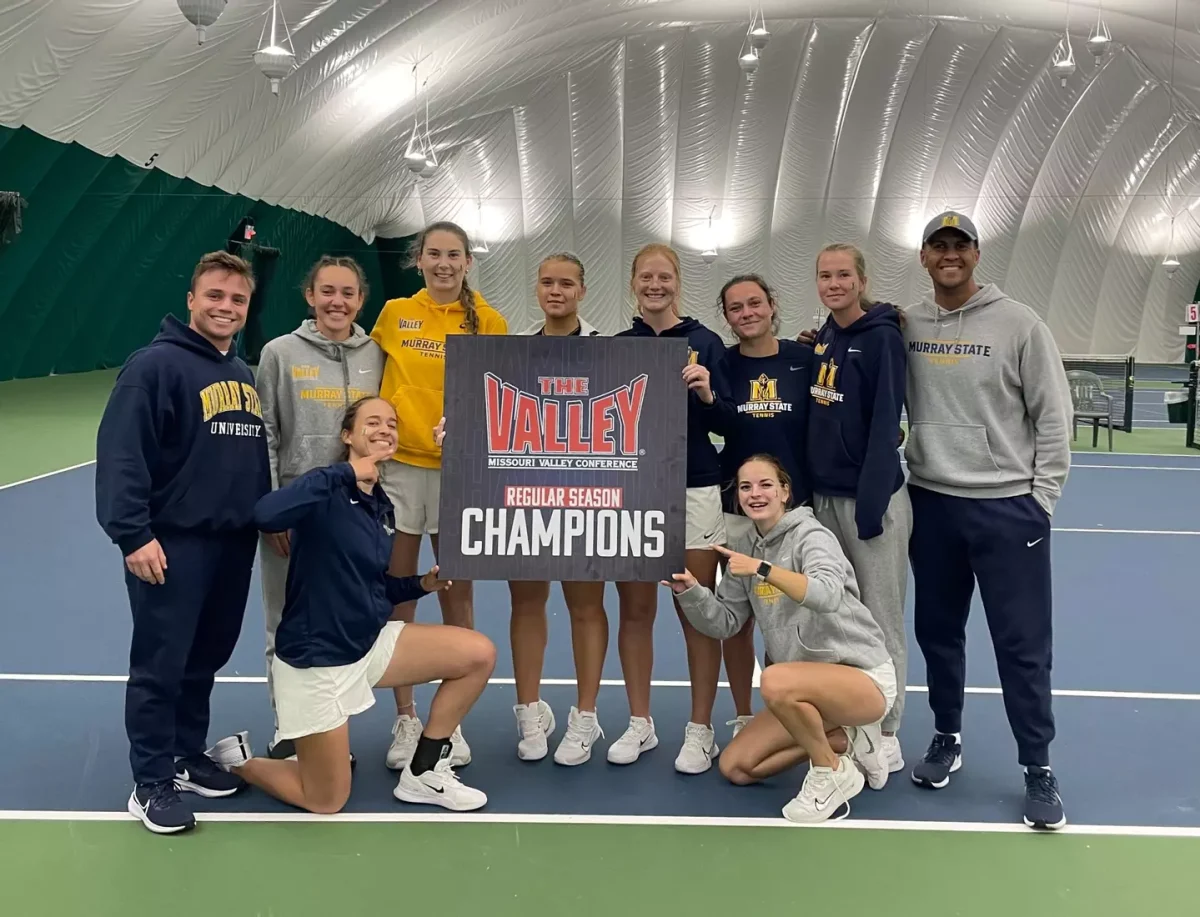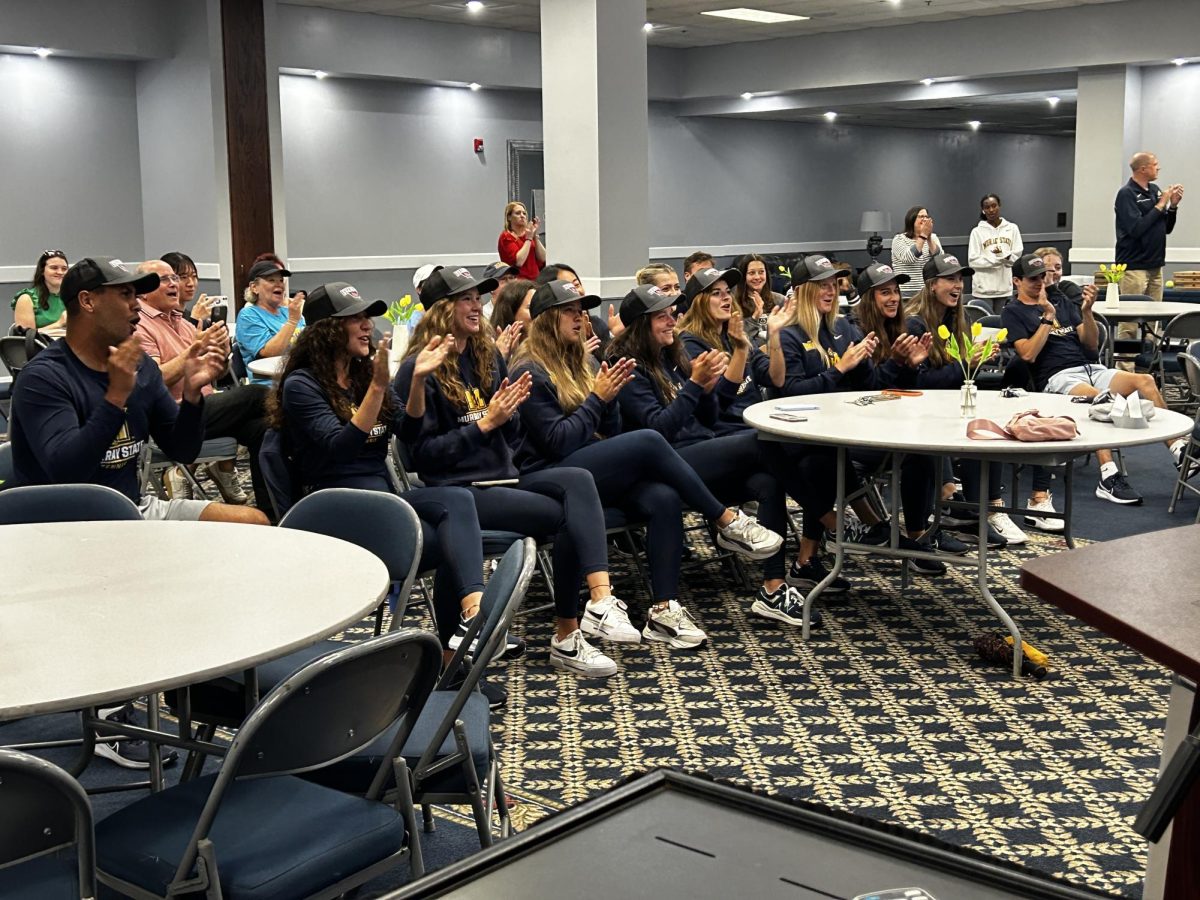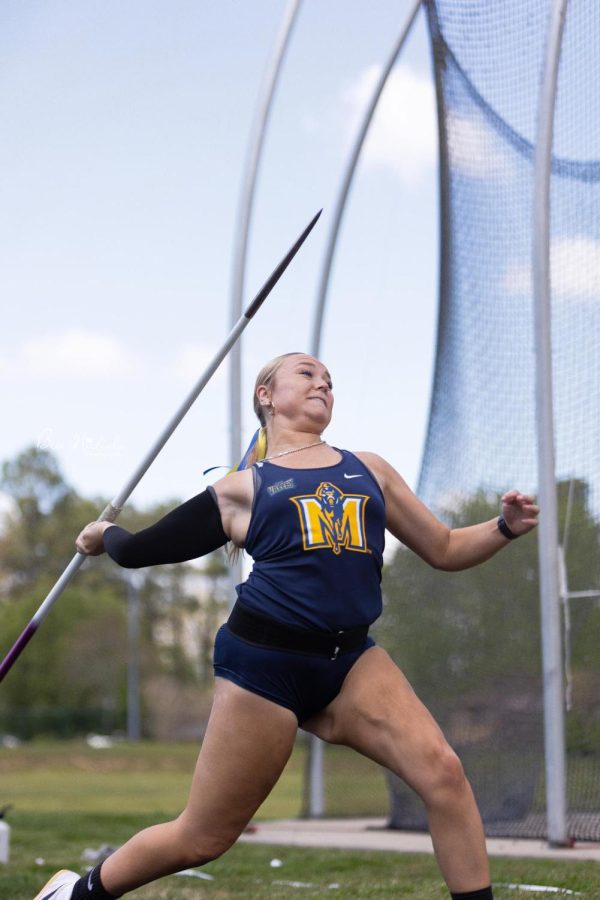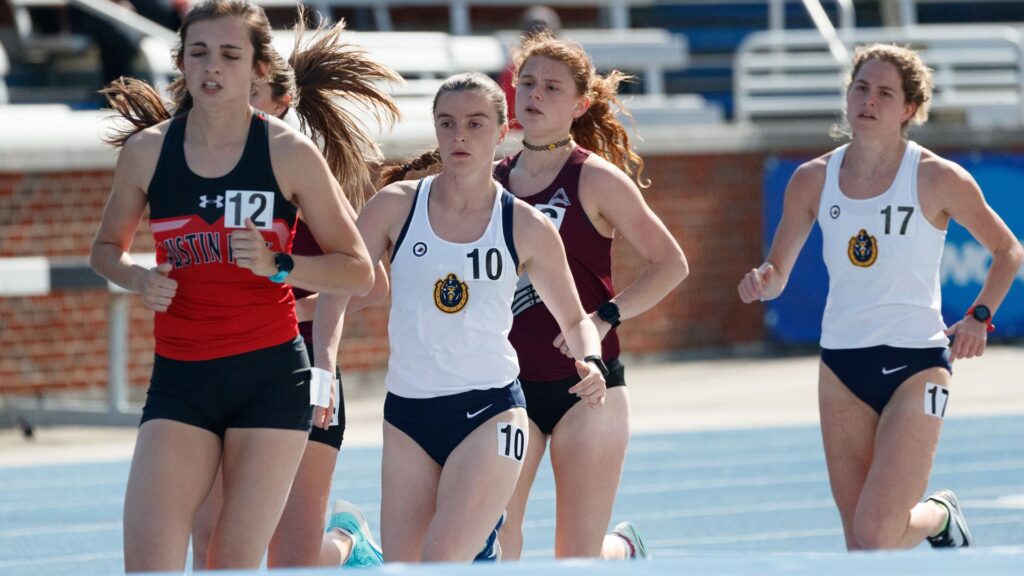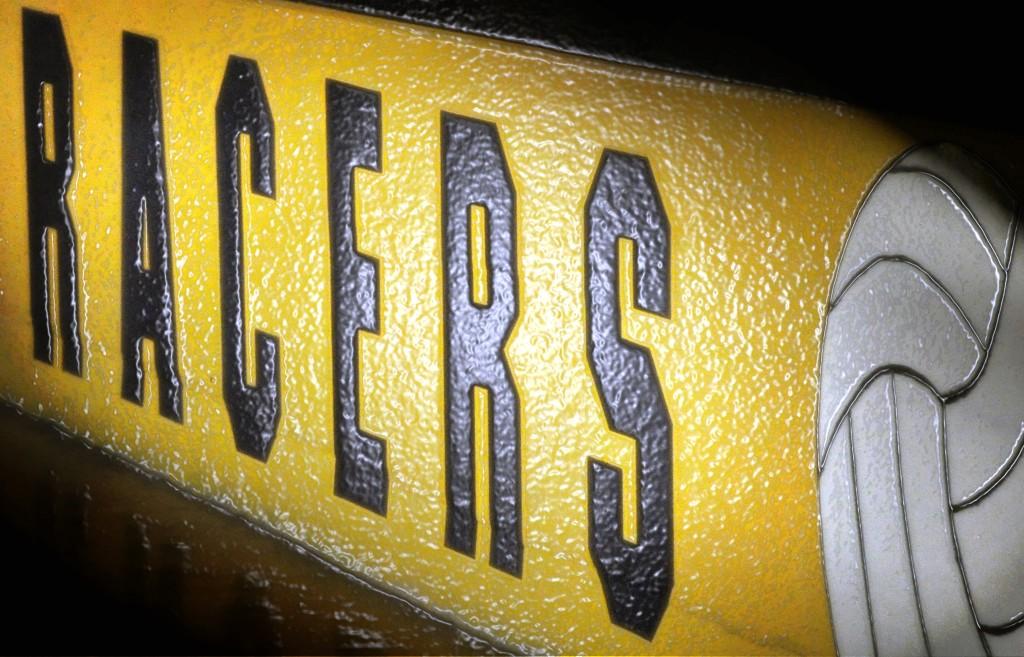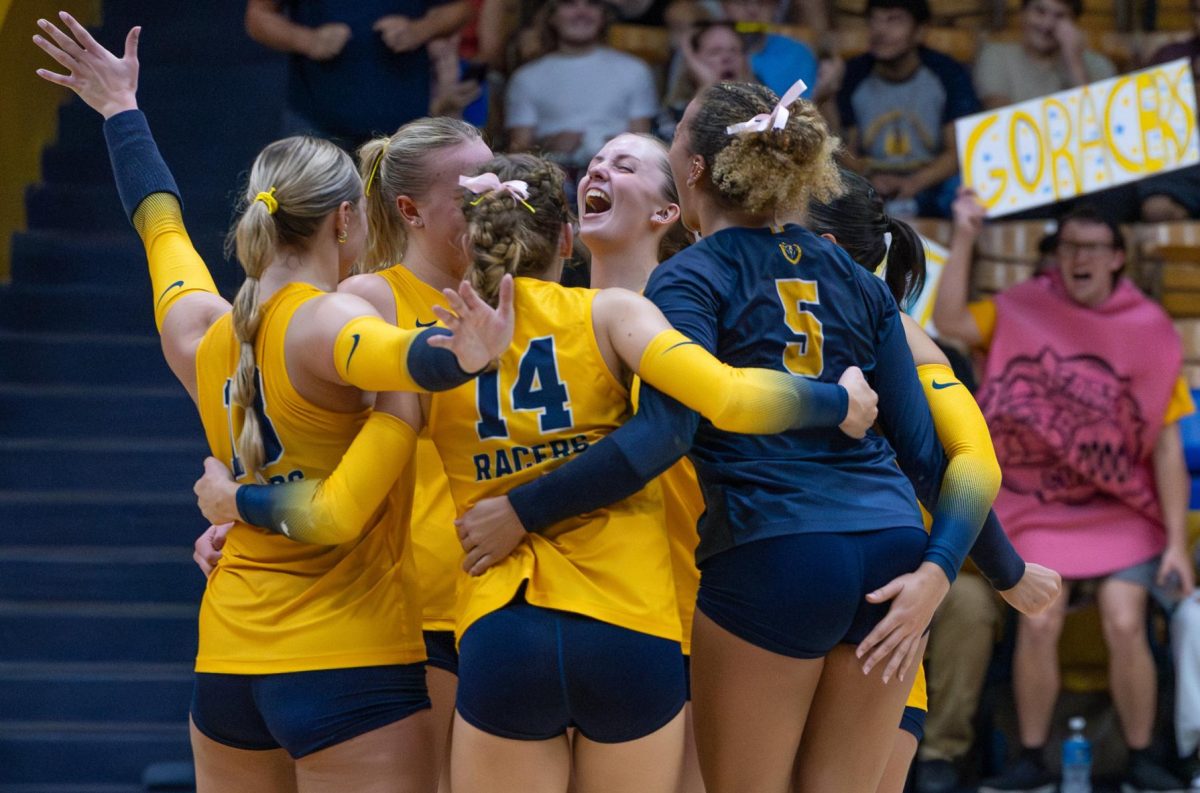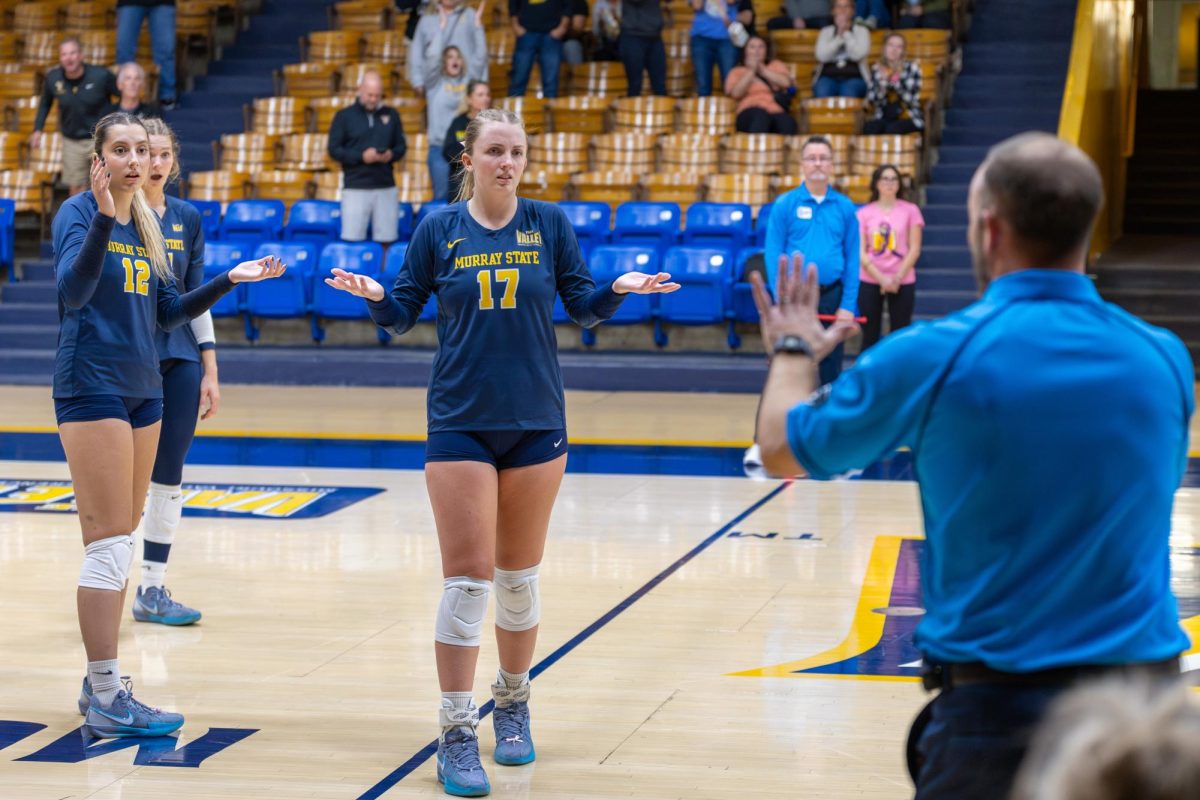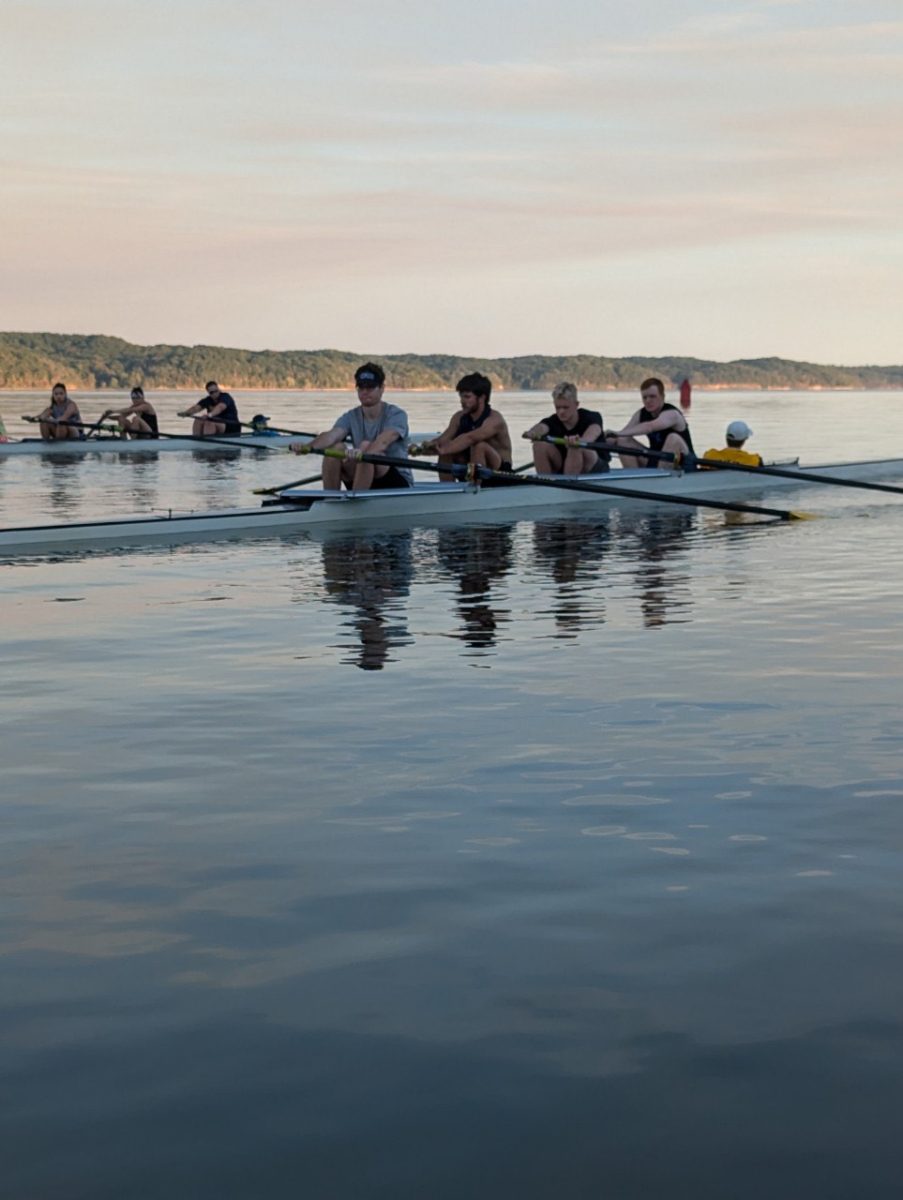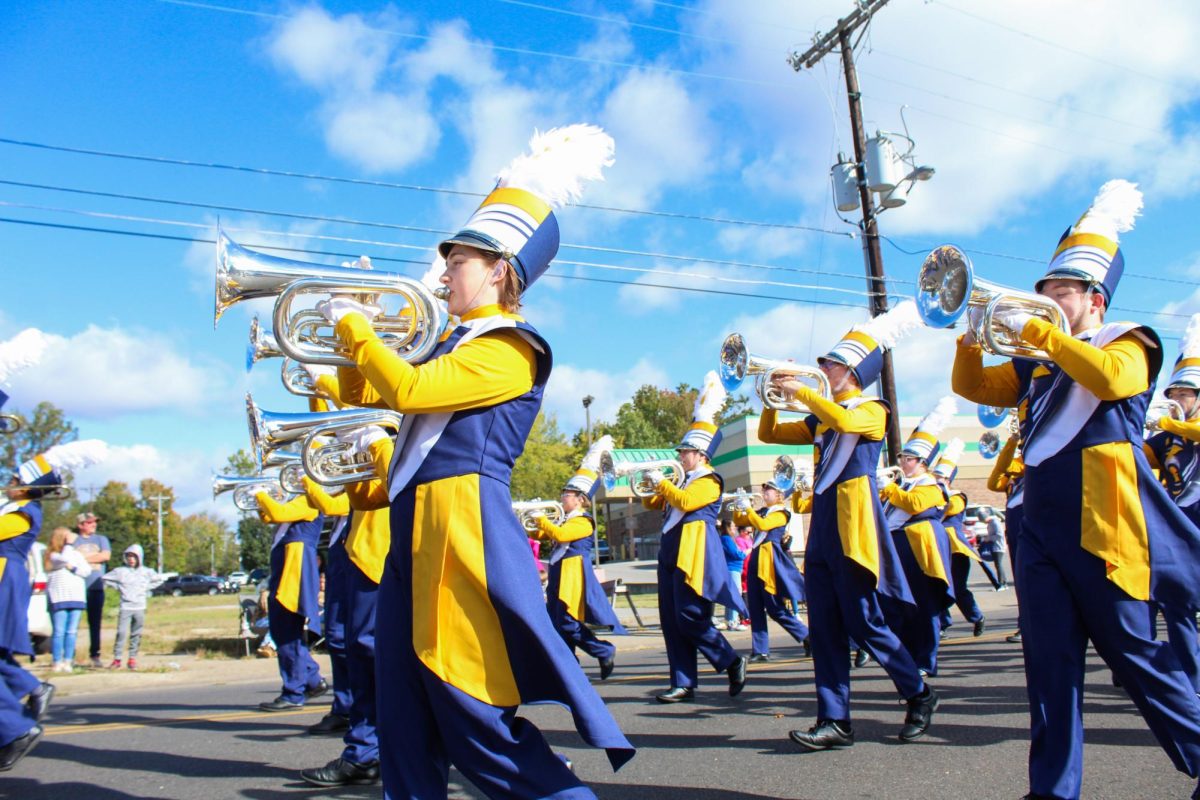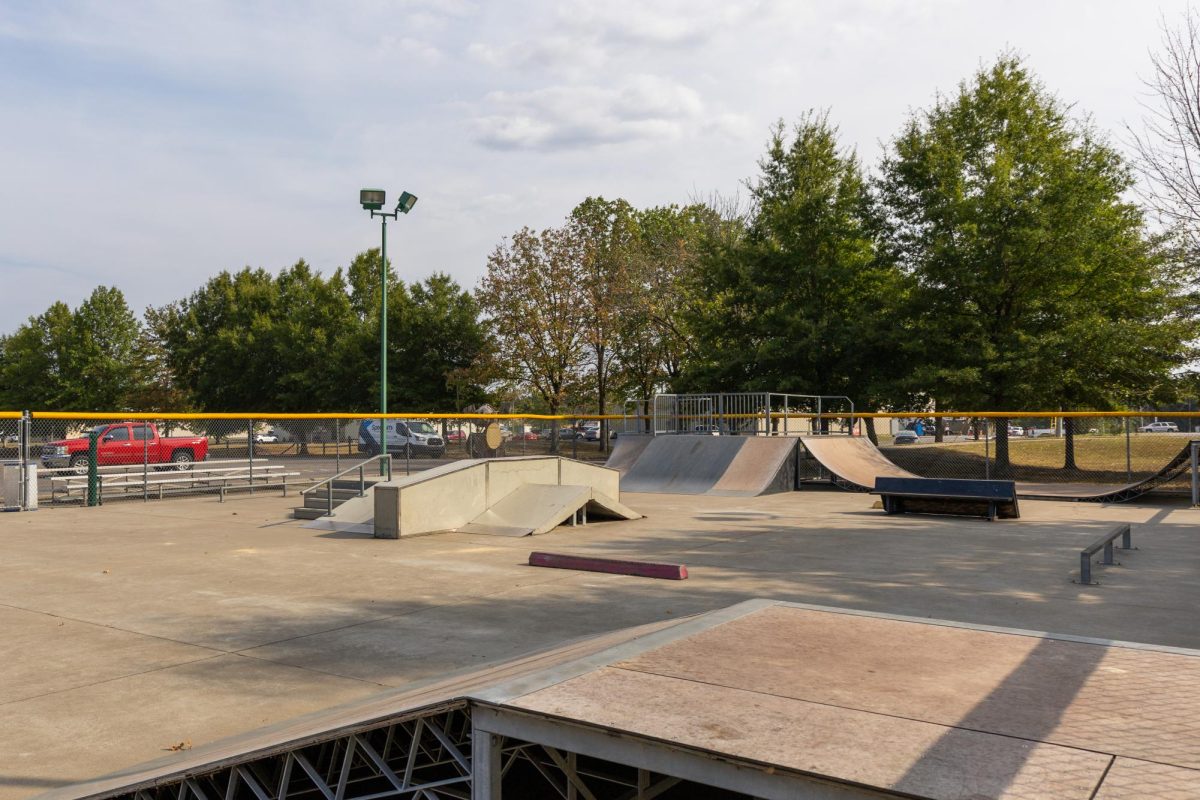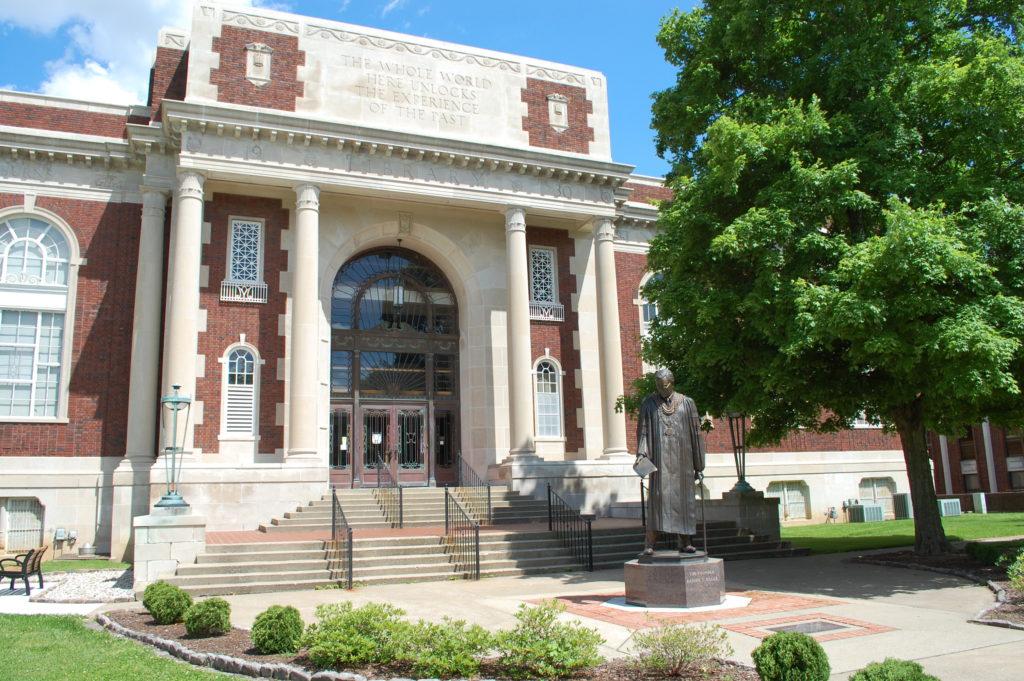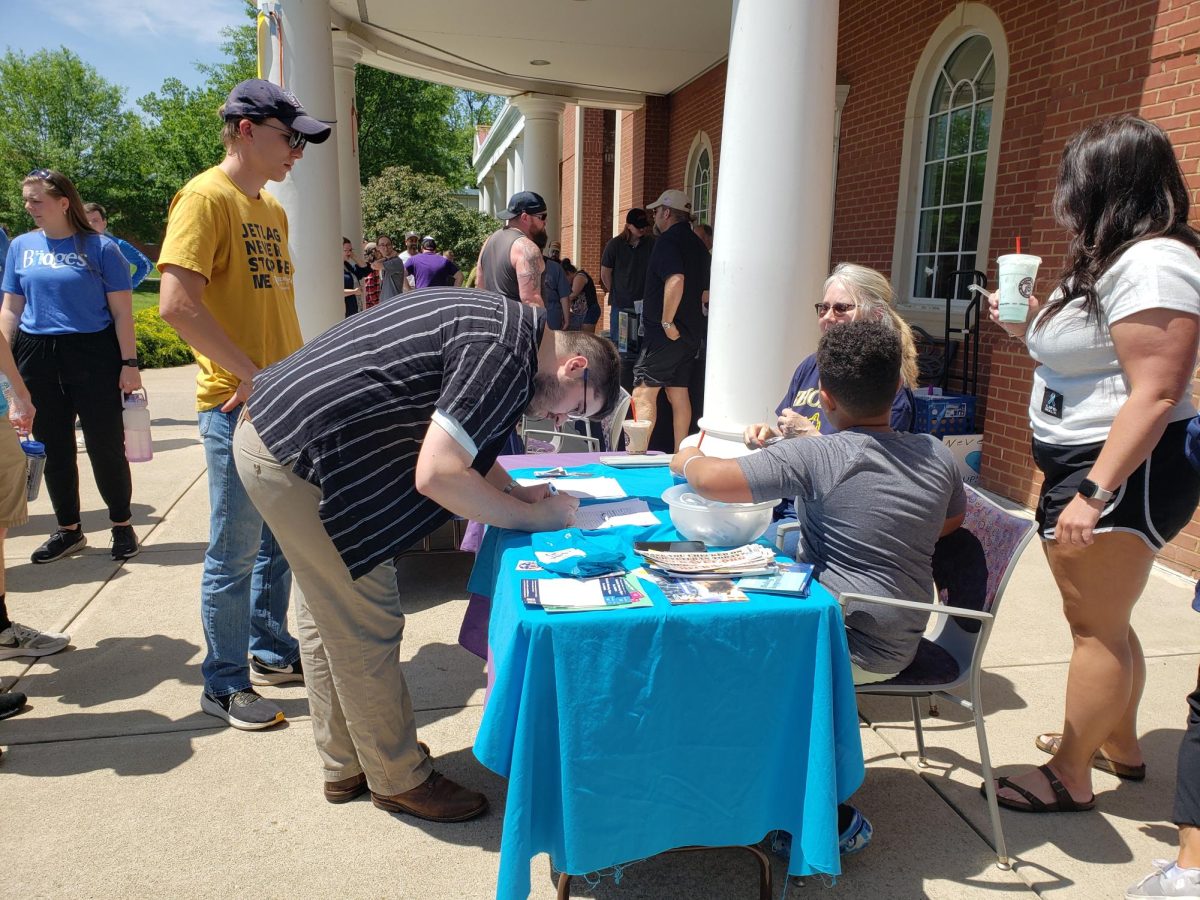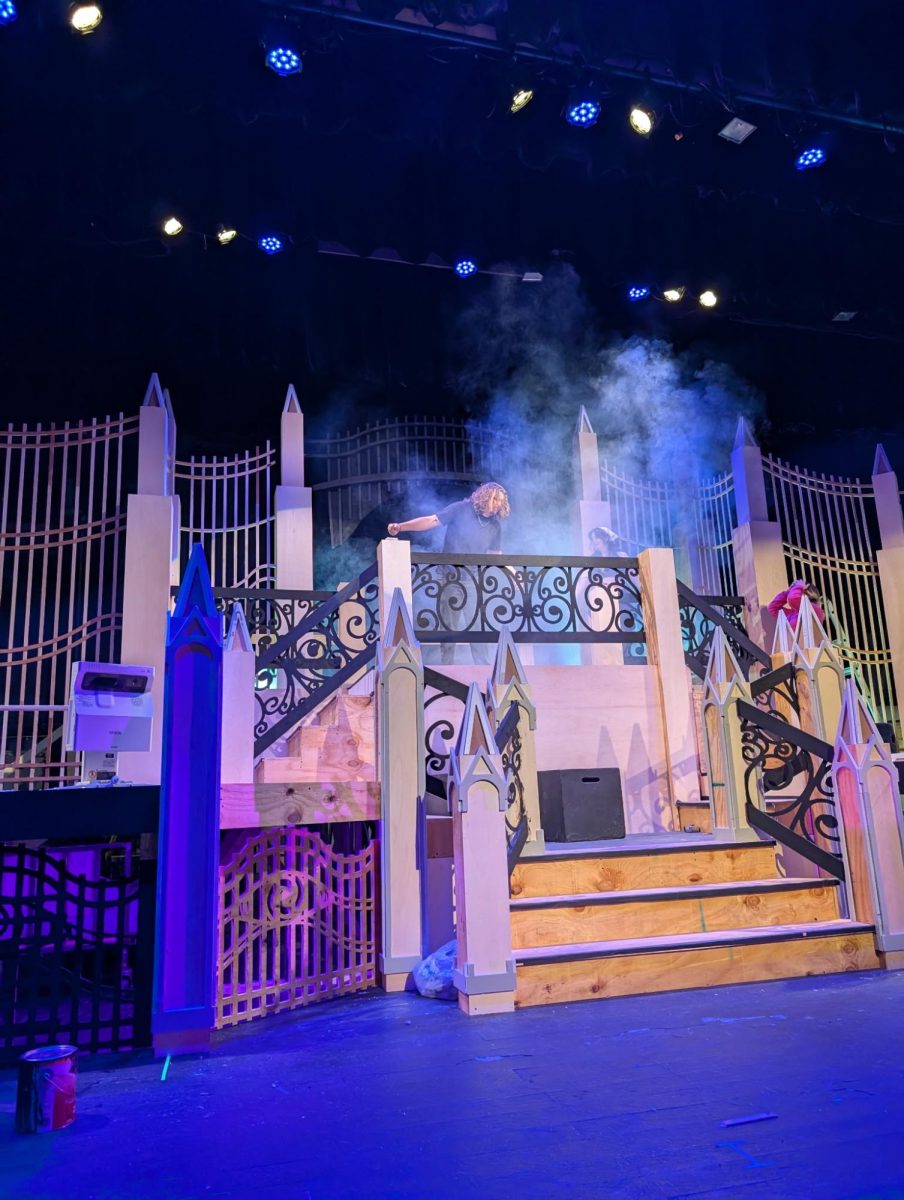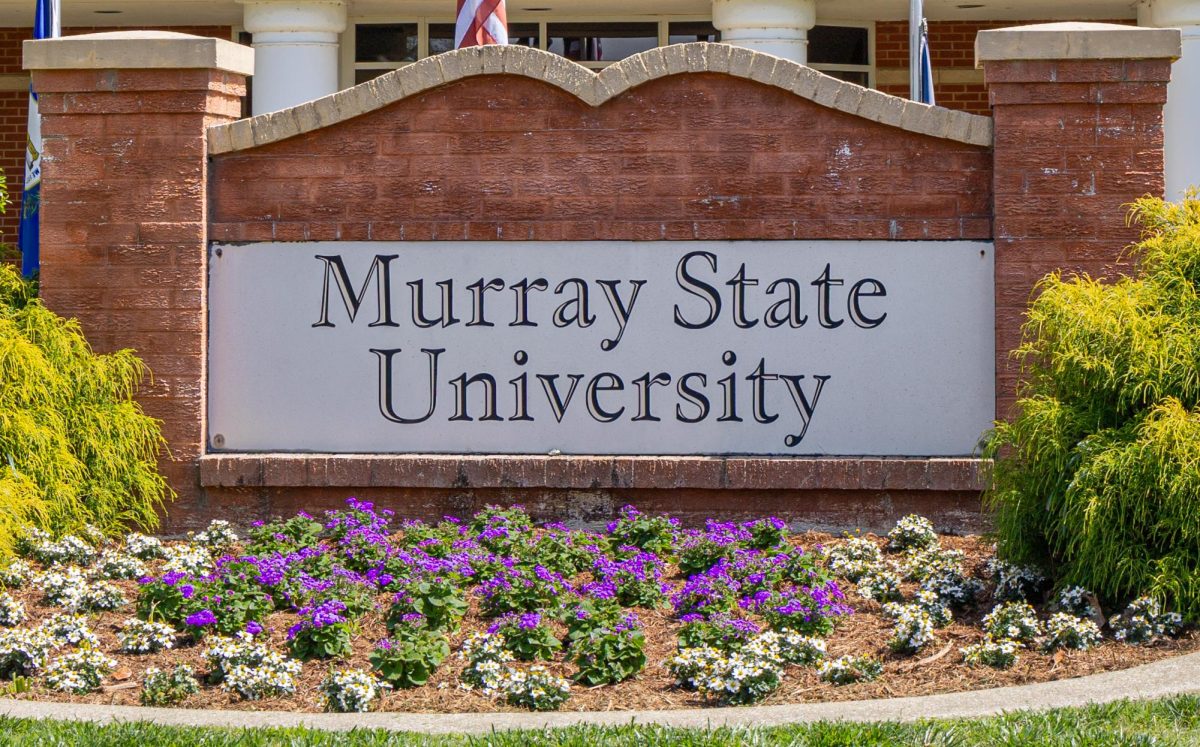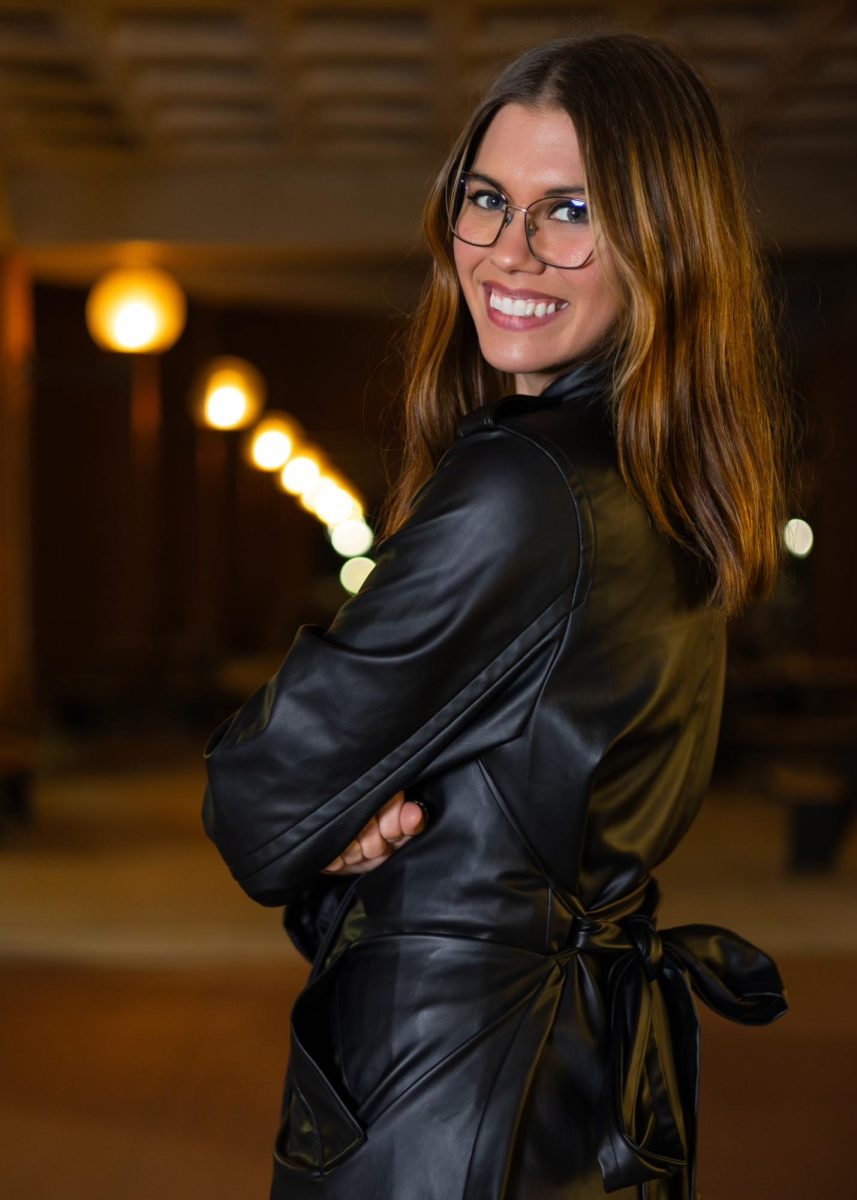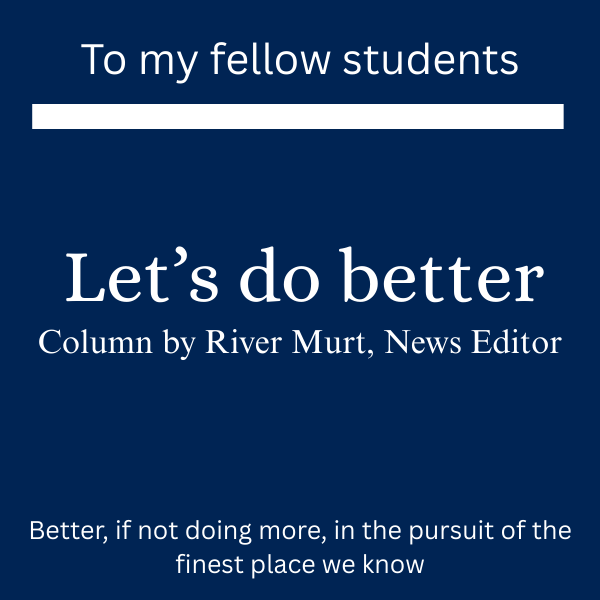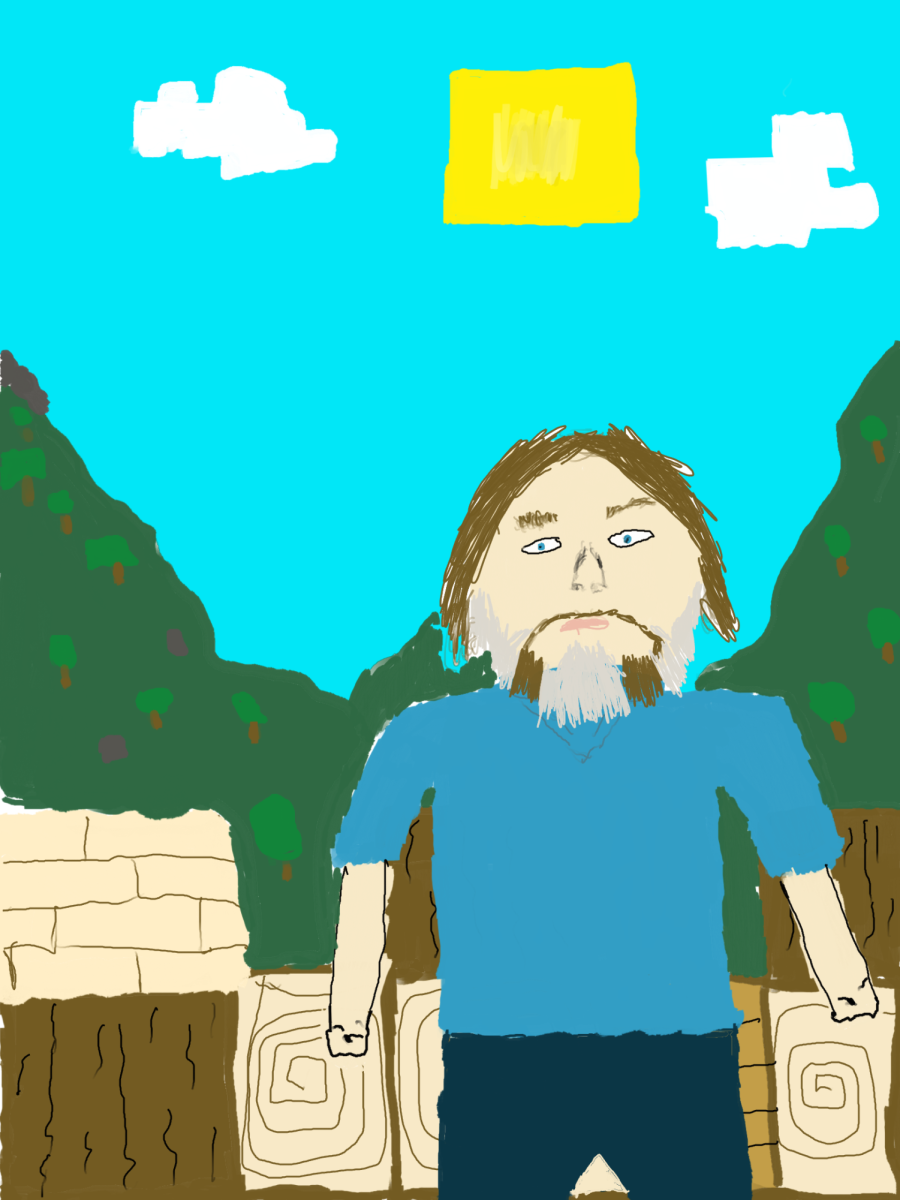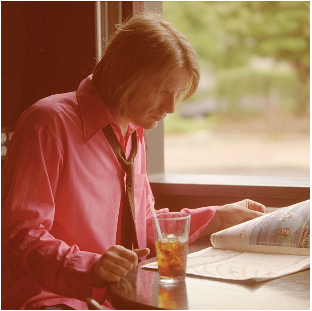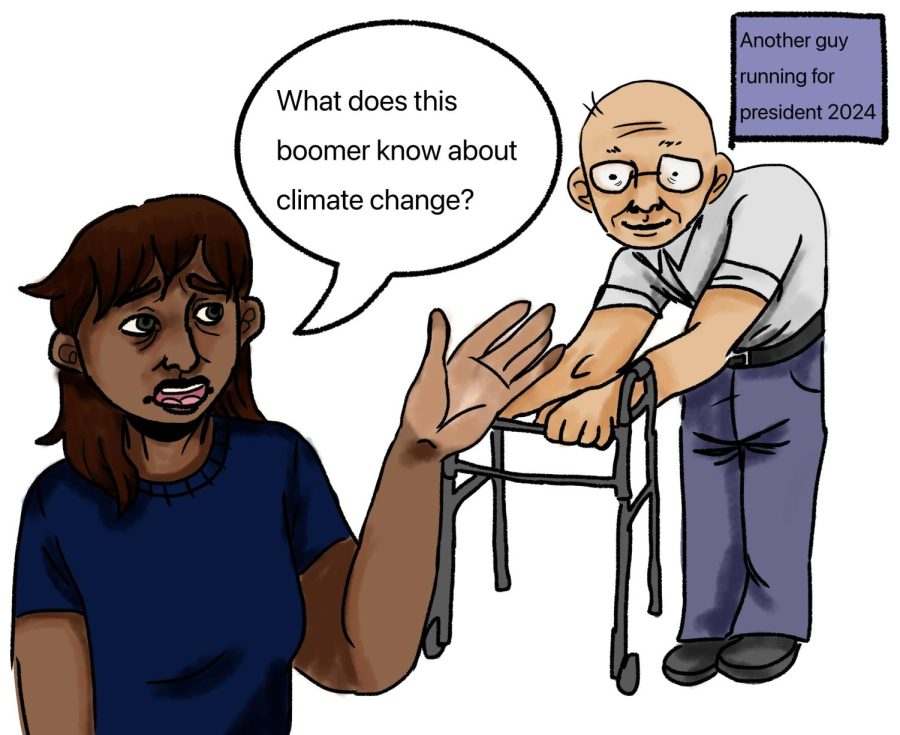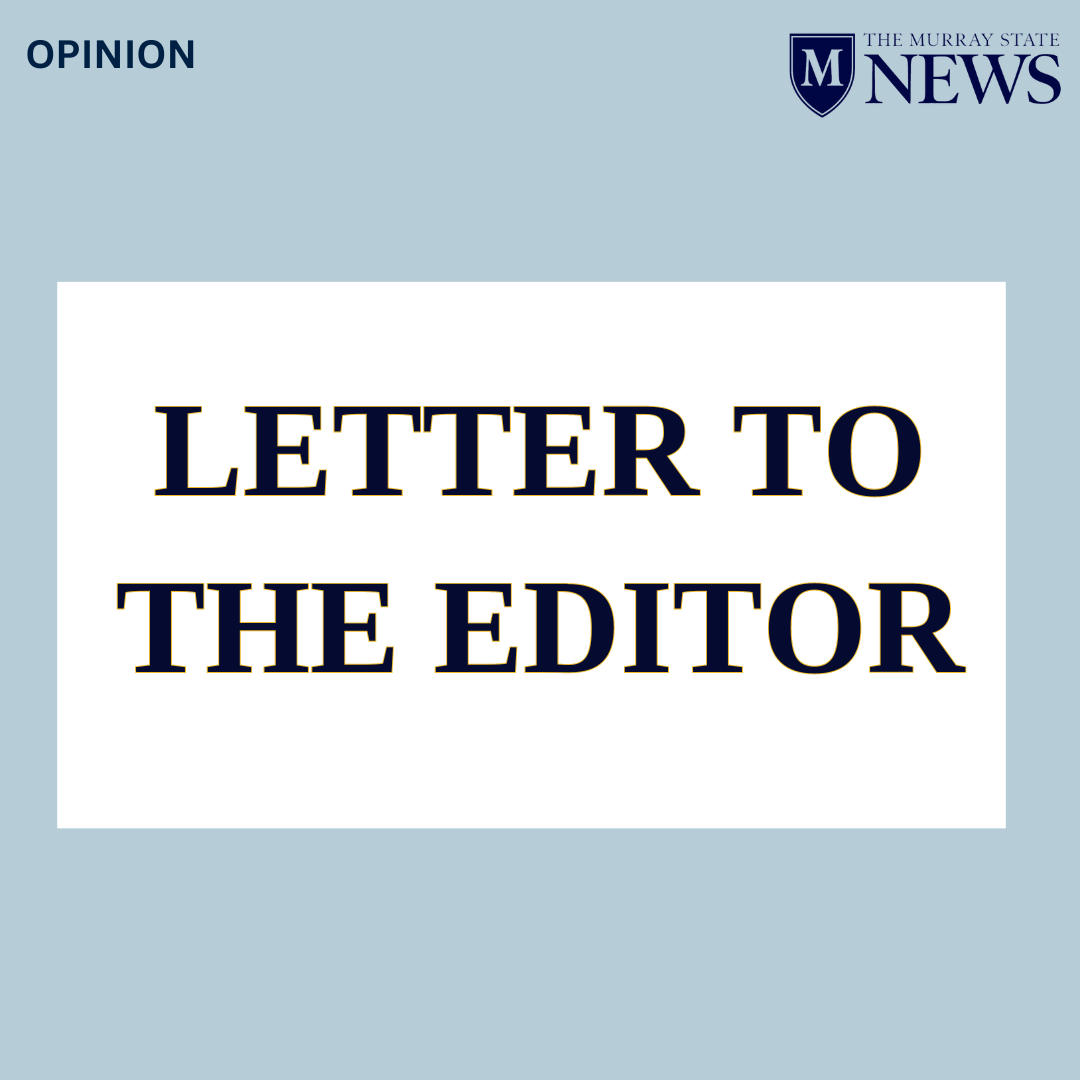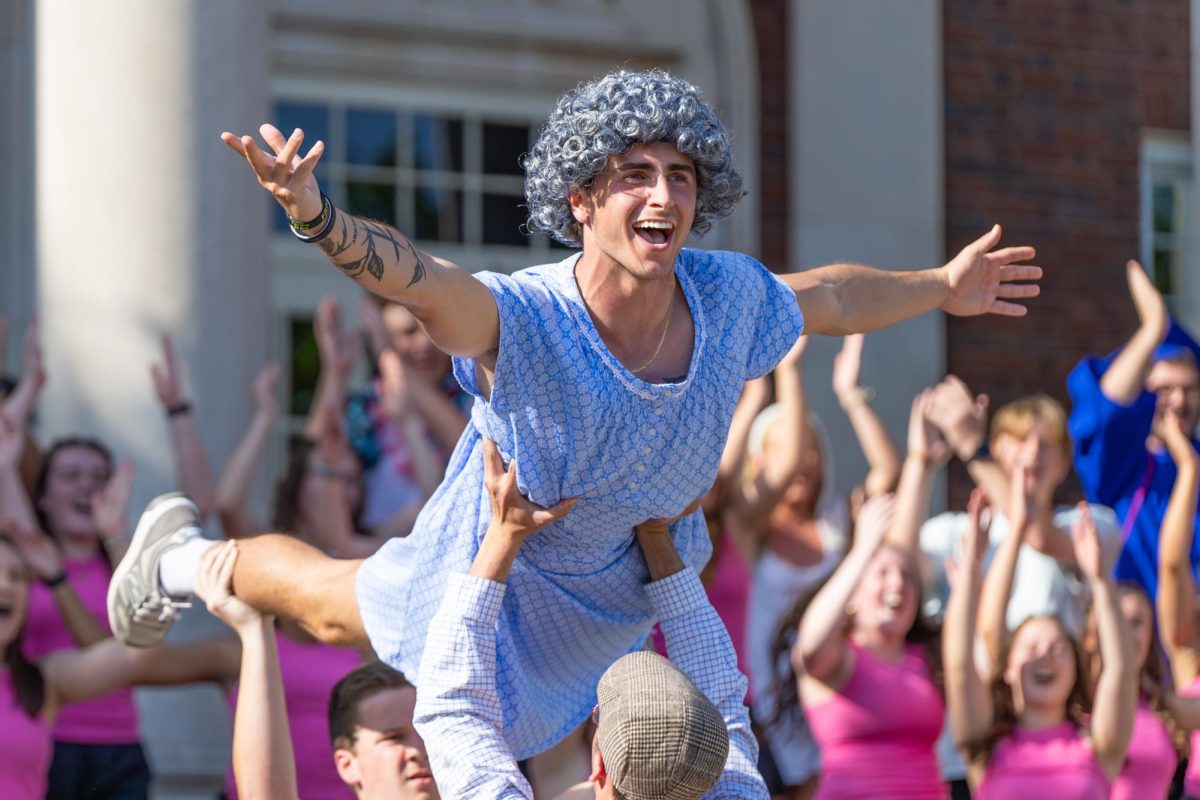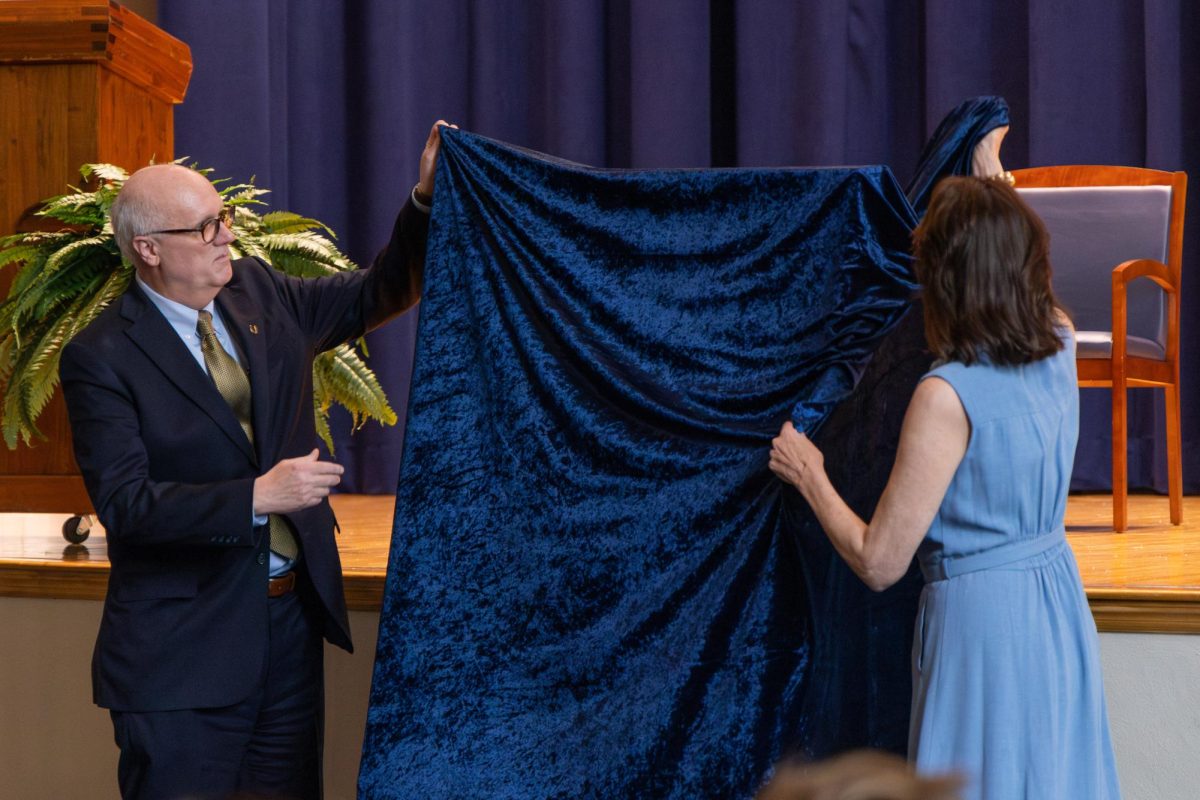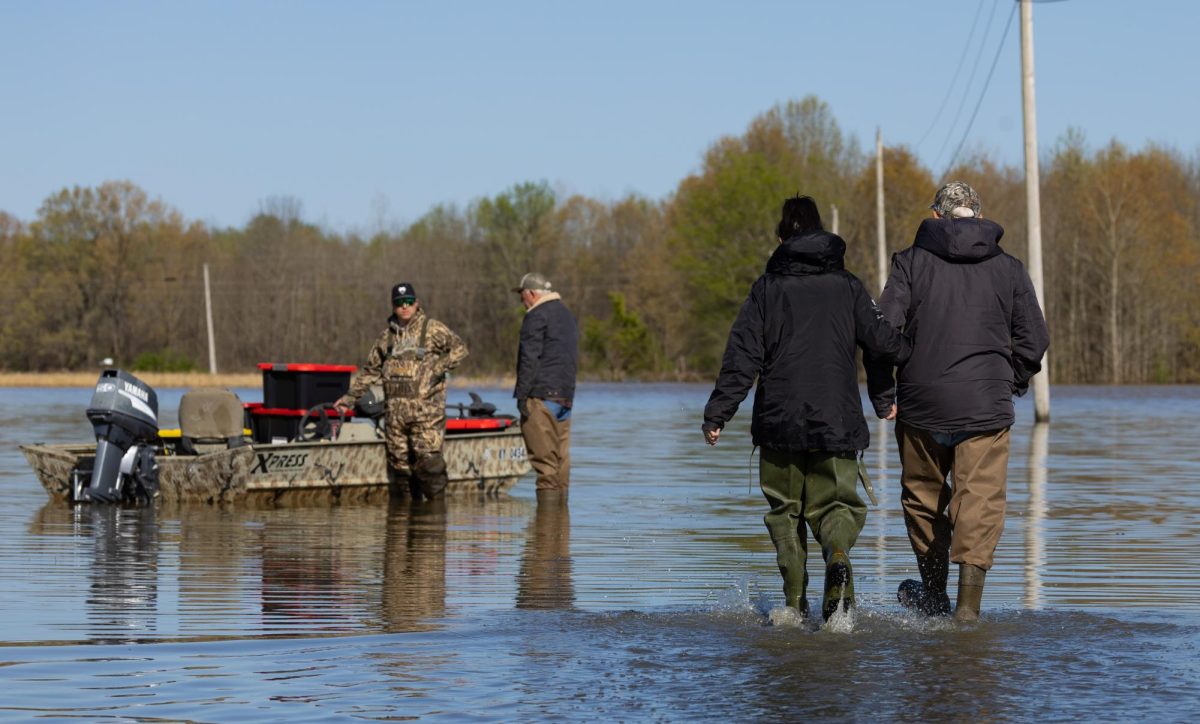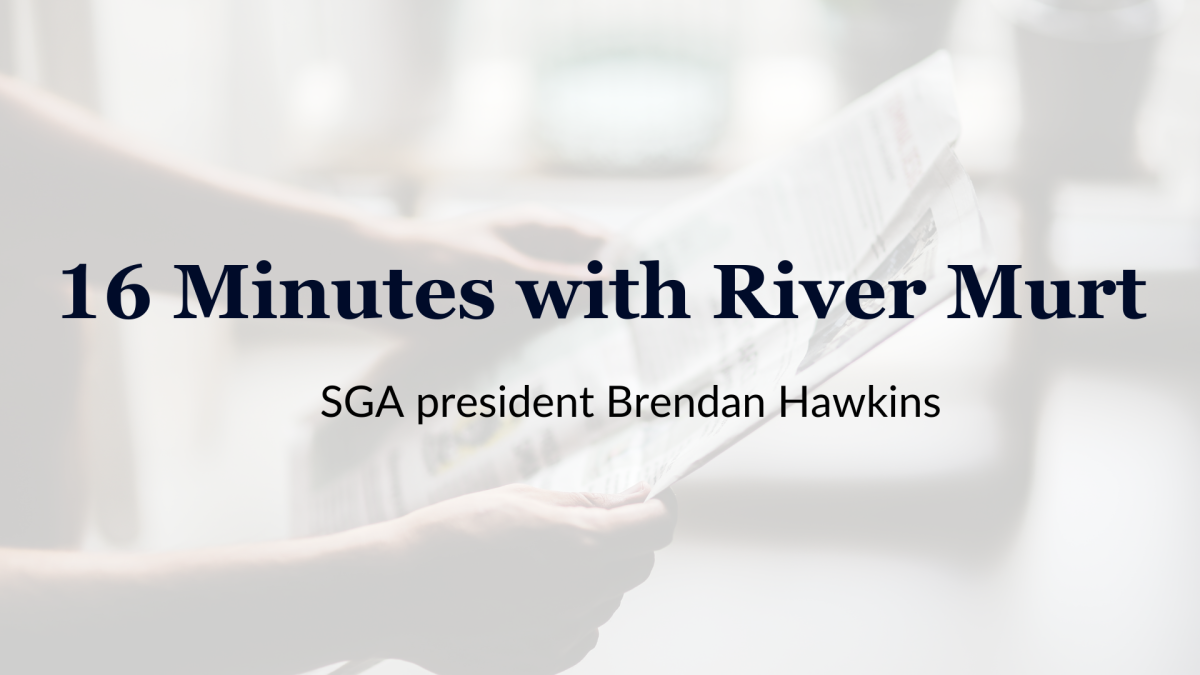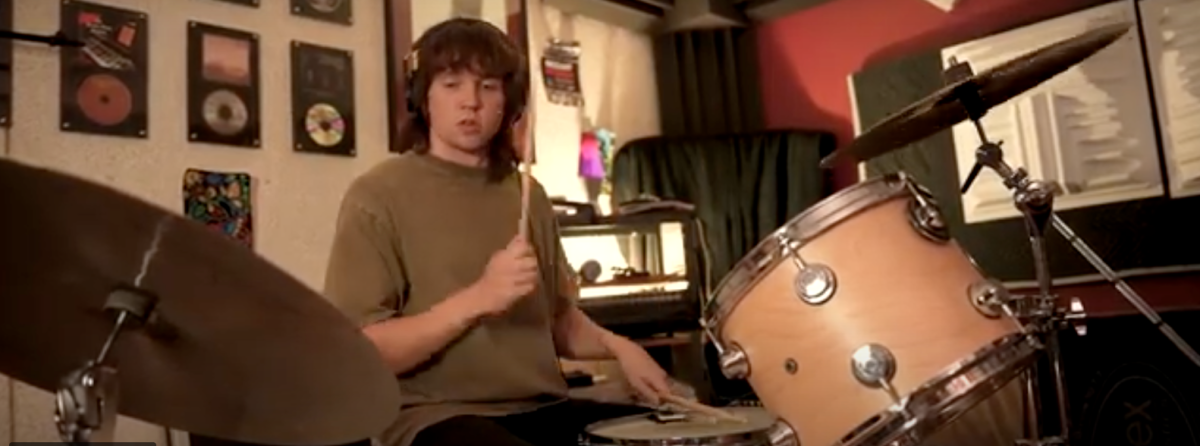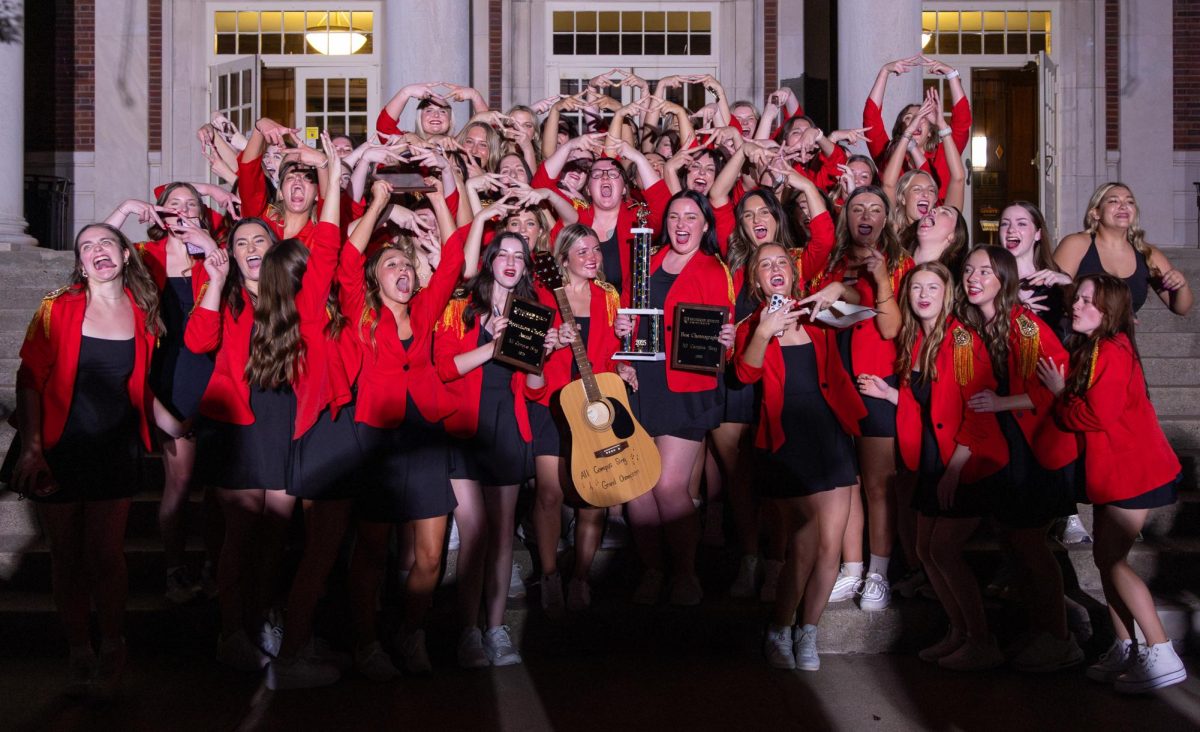Women’s STEM grant brings opportunities
Story by Cody Hall, Contributing writer
A team of professors at Murray State has received a grant to study the obstacles that women in science, technology, engineering and mathematics (STEM) face.
The project is entitled, “Differences and Deficits Affecting Women STEM Faculty: Creating a Framework for Change at a Rural Public University.” Murray State received $250,000 from the grant.
The study will start on May 1 and continue for a three-year period.
Maeve McCarthy, mathematics professor, is leading the project with Robin Zhang, geoscience professor and Paula Waddill, physiology professor and department chairwoman. They tried to get this grant in 2013 but were not successful. After revising it, they received the proposal in 2015.
“It’s difficult to be a women in science anywhere in the United States,” McCarthy said. “What we want to do is provide resources here at Murray State so that we have a better work situation for women that work here, and hopefully that will lead to better retention of women faculty.”
The study will focus mainly on women faculty, not students.
They will use responses from faculty across all departments at the university to help create questions for their research, McCarthy said.
Over the three years of the study, they will be bringing in speakers twice a year and set up mentoring circles for some faculty.
McCarthy hopes that when the research is finished the retention rate of female employees will be better.
Having more women faculty in the STEM fields will give incoming female students more role models in these fields, McCarthy said.
Echo Wu, director of the Center for Gifted Studies, hopes that the project can improve the situations of female faculty members in more than just Kentucky, but on a national level, and possibly on a global scale.
Wu has interviewed 20 Nobel Prize winners, and not a single one of them was a woman, though this was not by chance. For years, the STEM fields have been dominated by men, she said.
This project is focused on the faculty of Murray State but is aimed at helping all rural schools, Wu said.
Wu is helping with the study by surveying faculty, and discovering how they feel about the university as it is. The project is expected to help improve the work environment for women at Murray State, and to contribute to the field as a whole, even if just in small ways, Wu said.
“Our hope is that we will be able to identify programs, policies and support systems that will help attract and retain female students to the STEM fields, and also be more attractive to women as they consider careers as STEM practitioners,” said Stephen Cobb, dean of the college of science, engineering and technology.
Cobb said the difference between men and women in STEM fields is a national trend, and it is important to understand and identify the issues that are holding women back in these fields. Cobb will be helping the research by communicating between the research team and Murray State’s upper administration.
“We have such a dedicated group of outstanding female faculty, and it would be a pleasure to have even more role models for our students. Ultimately, I hope it leads to a better university environment that promotes STEM for everyone,” Cobb said.
Robotics Team places second in competition
Story by Cody Hall, Contributing writer
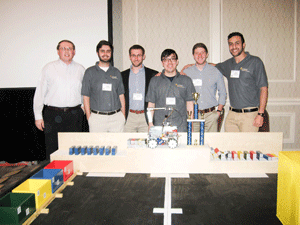
The award-winning team of Racers standing in front of their winning design after a second place victory last week at the SoutheastCon.
The Murray State Institute of Electrical and Electronics Engineers robotics team placed second at the SoutheastCon 2016 robotics competition.
The Murray State robotics team placed the highest it ever has at the Institute of Electrical and Electronics Engineers competition April 2. Previously, the highest place the team had received was tenth in 2012. This year, there were 46 different schools that competed in the robotics competition.
The hardware, or robotics, competition was the only event Murray State competed in. It consists of the teams building a robot to perform different tasks. This year the robot was built to organize colored blocks, said David Whitney, captain of the Murray States Institute of Electrical and Electronics Engineer team.
Whitney had previously been to the competition, so he understood how it worked and how to lead the team. Five of those who worked on the robot attended the competition, but between eight and 12 people consistently worked on the robot to get it ready to compete.

The robot the Racer’s Robotics Team built for the competition.
Whitney said the robot they took to the competition last year was a cheap one. The team did not buy quality parts, and their performance suffered because of it. This year the team spent around $2600 to get better quality parts. The team tried to make the robot as simple as possible to avoid over-engineering it, Whitney said.
“What set this team apart was their ability to work together,” said Aleck Leedy, electric engineering professor and adviser for the Murray State Institute of Electrical and Electronics Engineer team. “The members that were there got along well and worked well together.”
Leedy handled most of the finances for the team. For the last six years that Leedy has been with the team, he has written and received a grant from the National Aeronautics and Space Administration of Kentucky. This year, Leedy received $8,861 to pay for the building of the robot and all the costs of attending the event, so the students didn’t have to pay anything.
After receiving second place at the competition, the National Aeronautics and Space Administration of Kentucky invited the Murray State Institute of Electrical and Electronics Engineers robotics team to attend the VEX robotics world competition as judges, Leedy said.
“It was awesome seeing the robot work; it really gets the adrenaline rushing,” said Patrick Smith, senior from Belleville, Illinois.
“There are so many things that could go wrong. We would watch all the other robots go and something go wrong, and the same things could happen to us,” Smith said.
Smith was one of the team members that was able to go to the competition and the treasurer for the team.
Smith helped build the robot, rather than doing the coding to make it perform the different tasks.
“With the experience of this competition and the Murray State team that we will have next year, we have a good chance of possibly getting first,” Smith said.
“We were the 27th team to go, and we were the first one to touch a block. And this was after schools like University of Alabama, University of Kentucky and University of Florida had already gone,” Whitney said.


